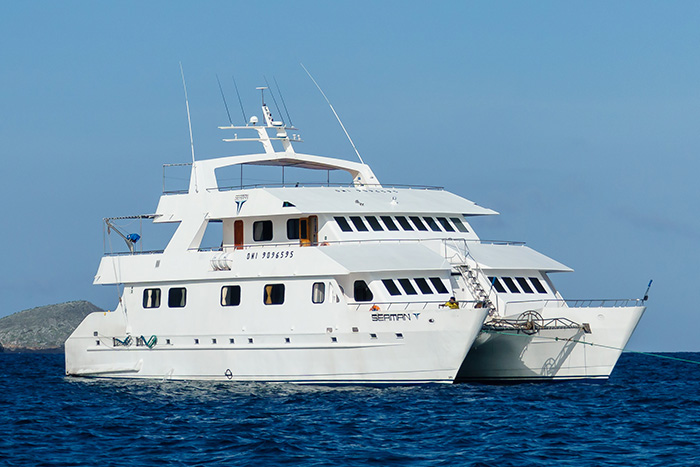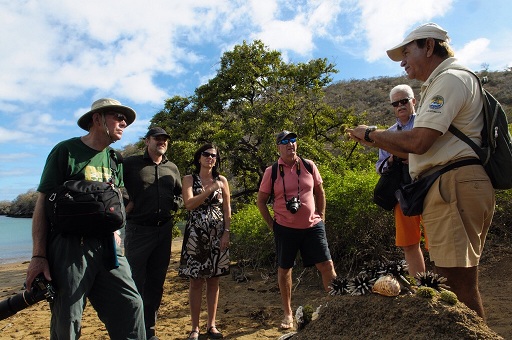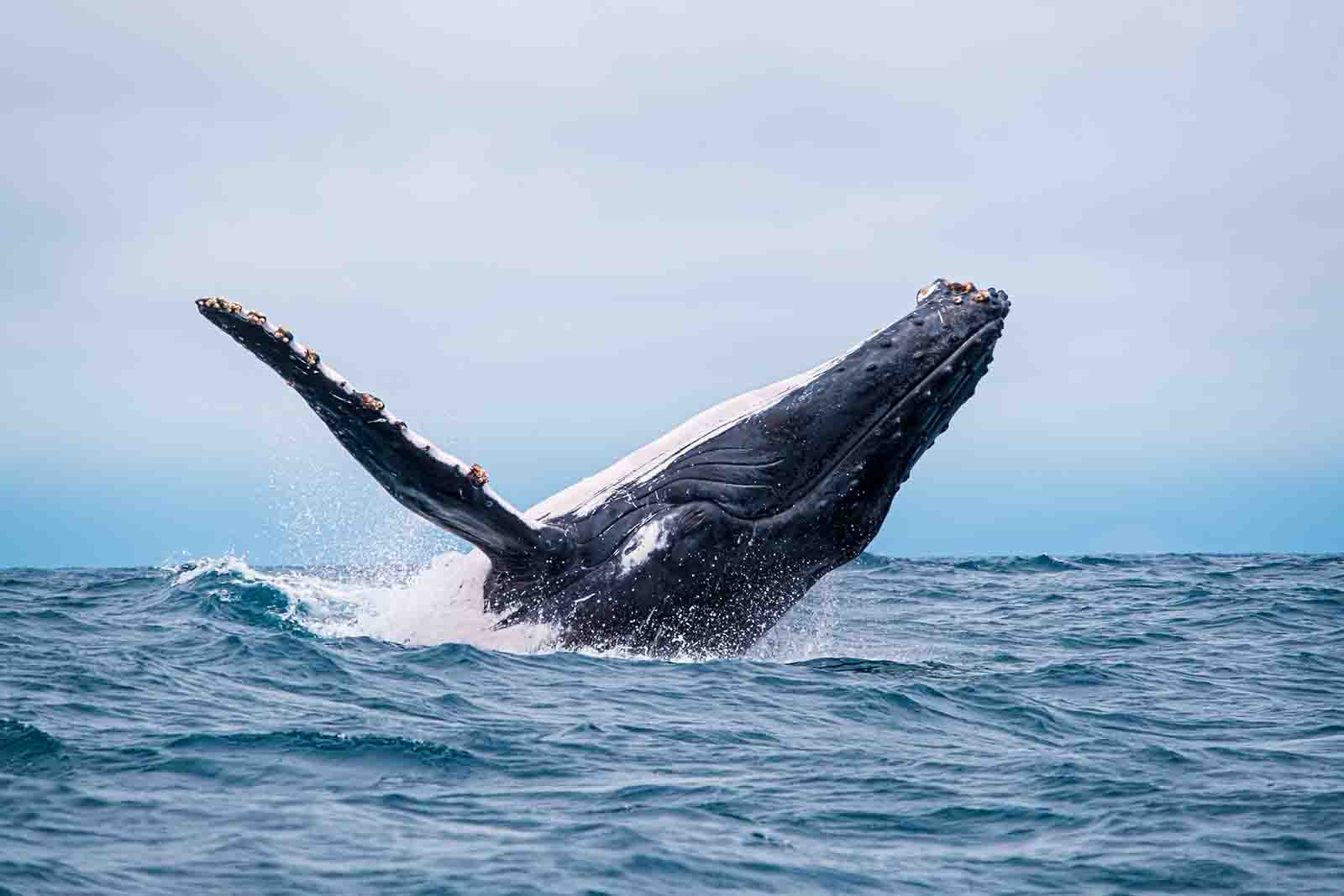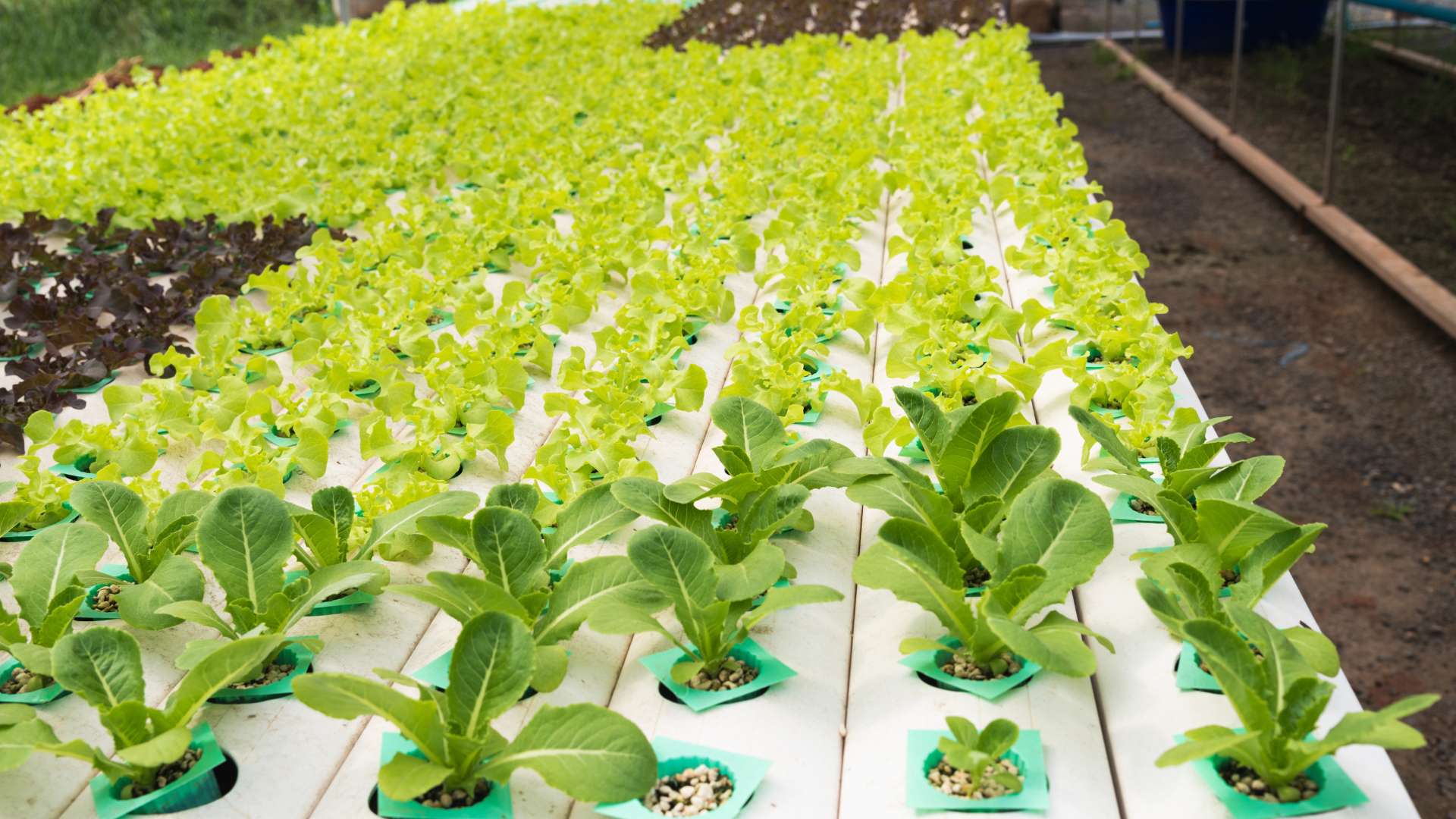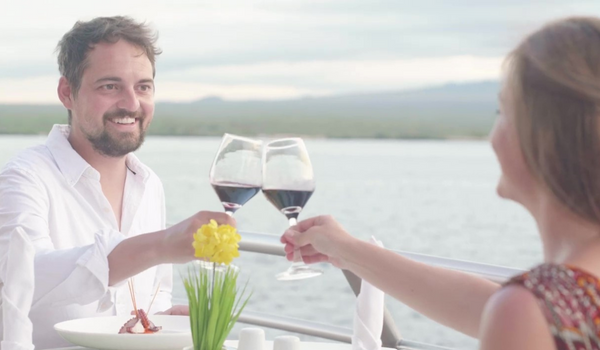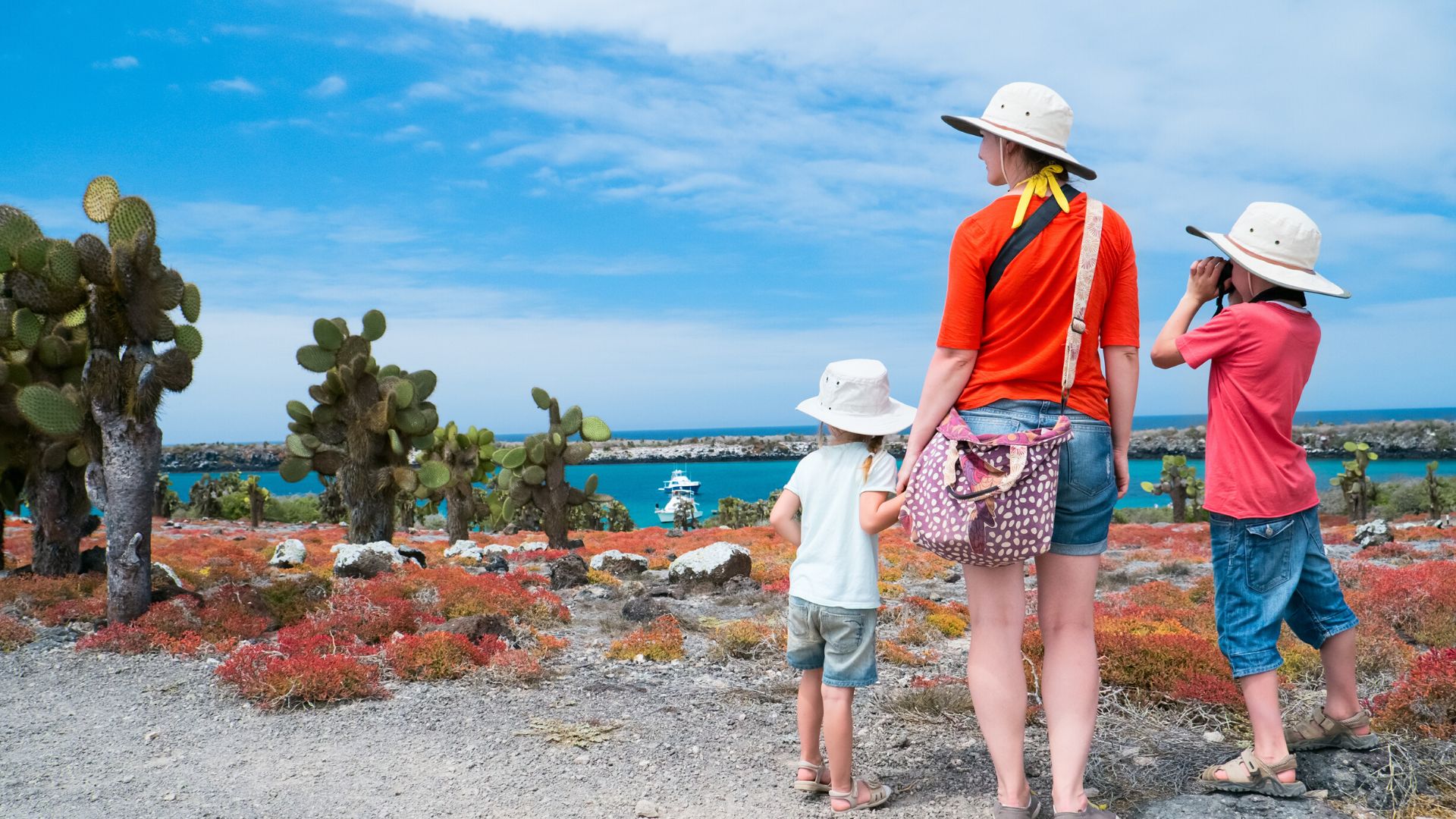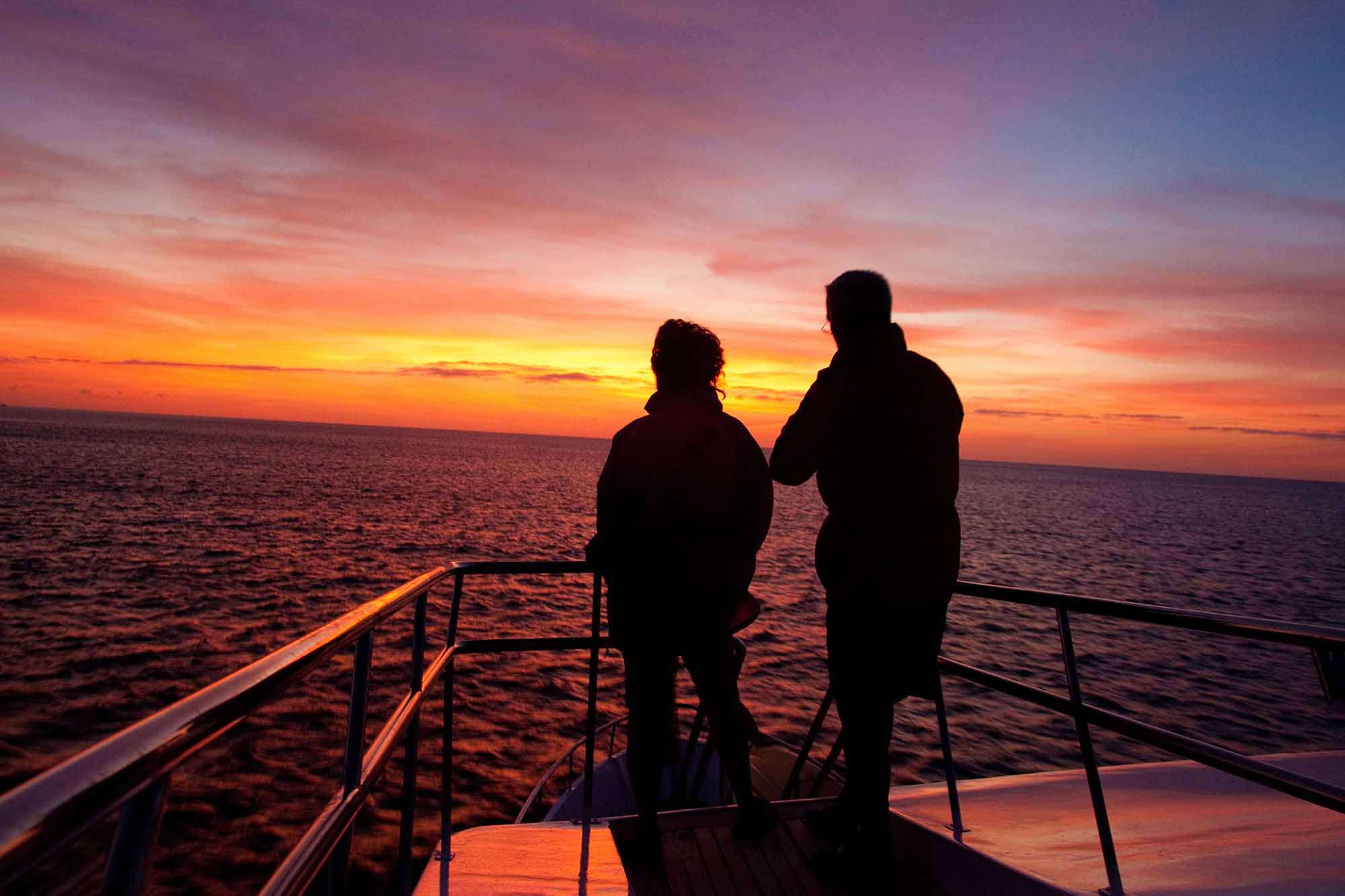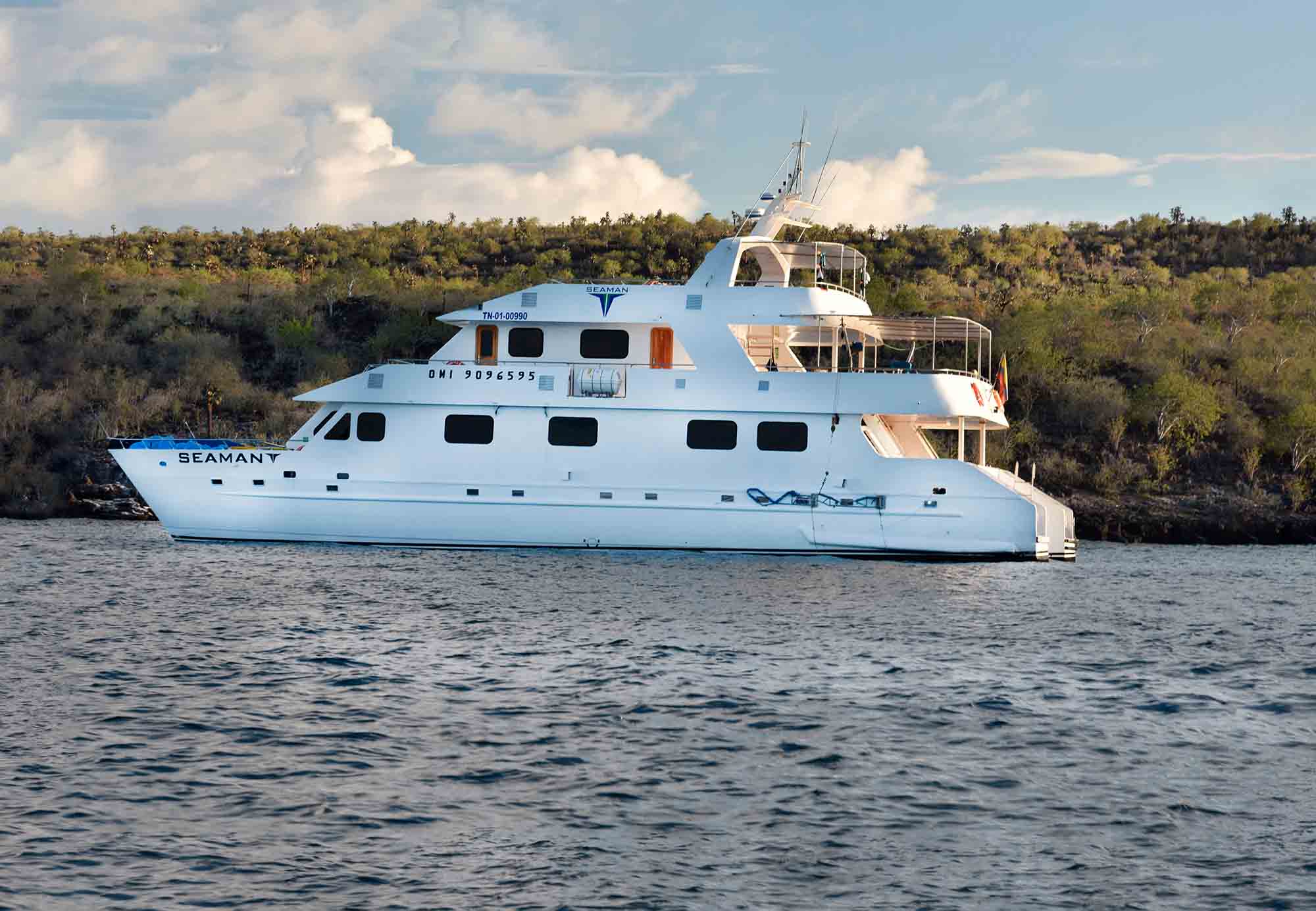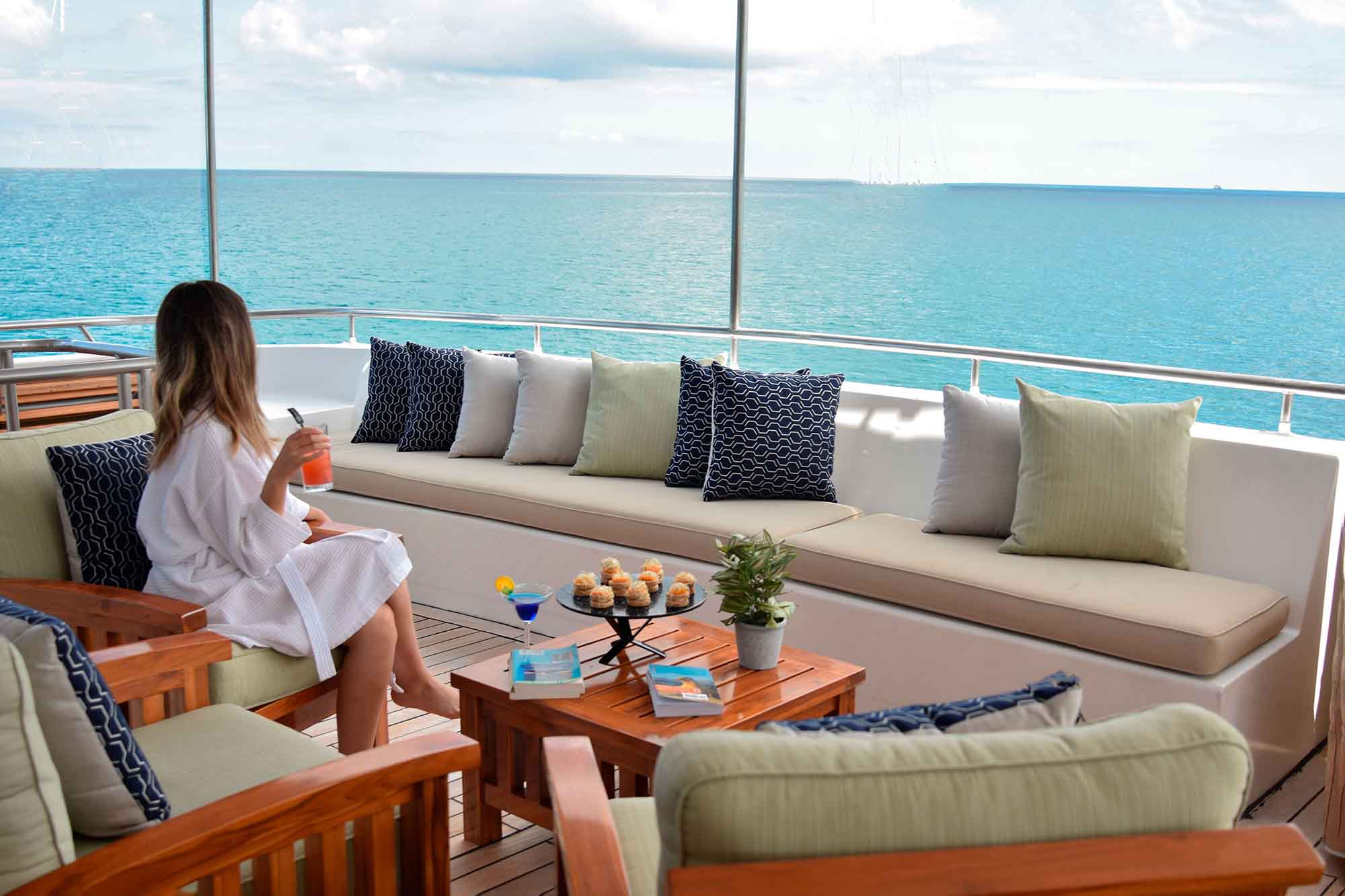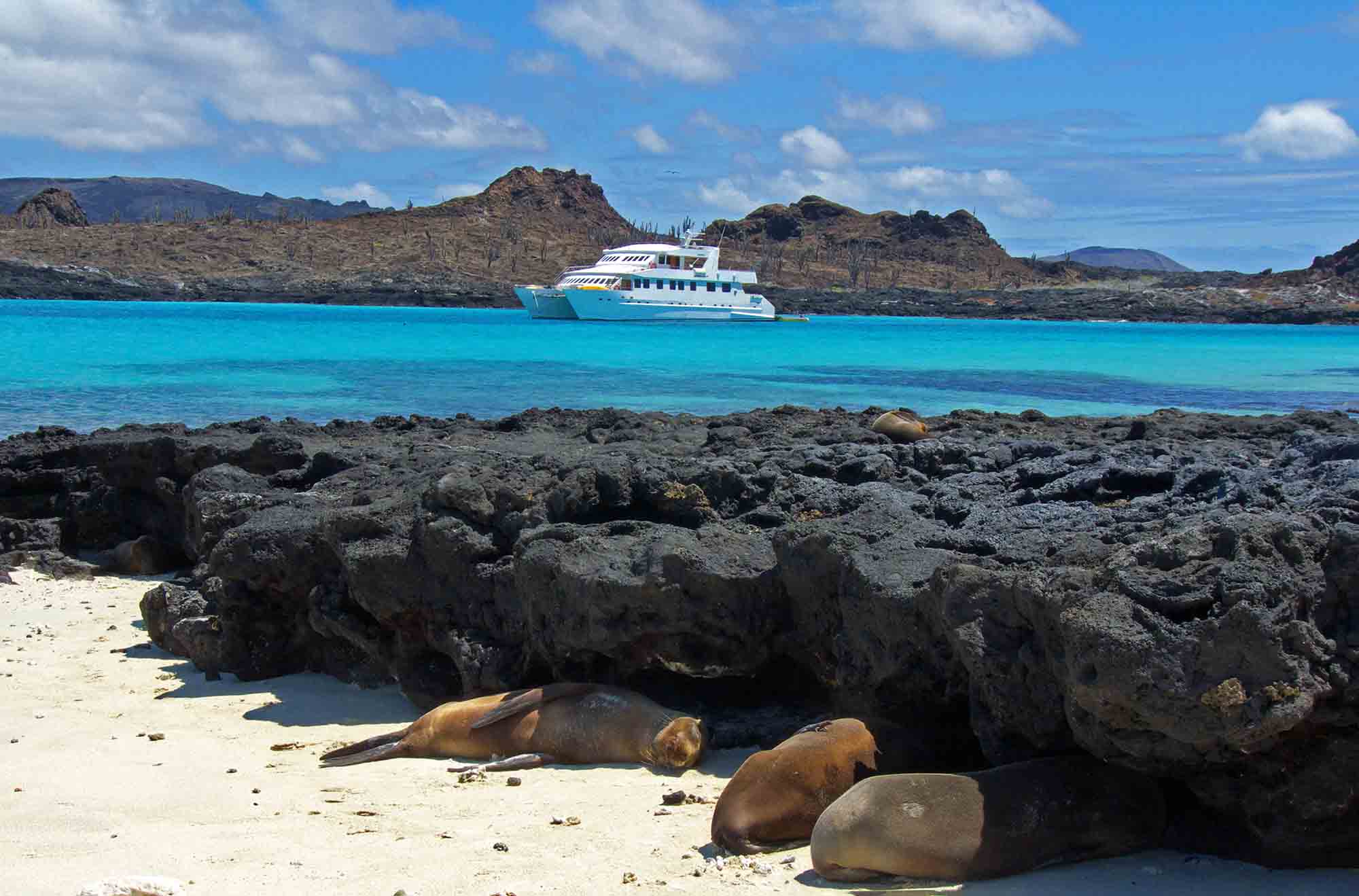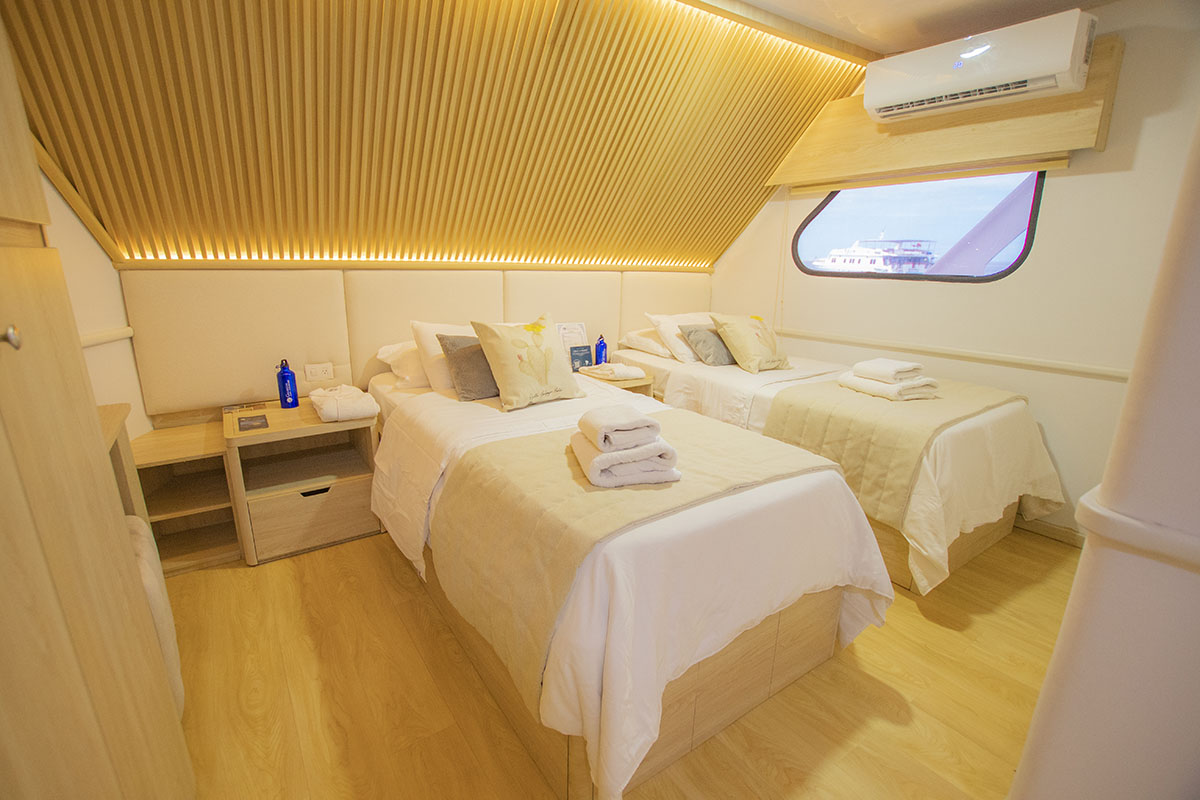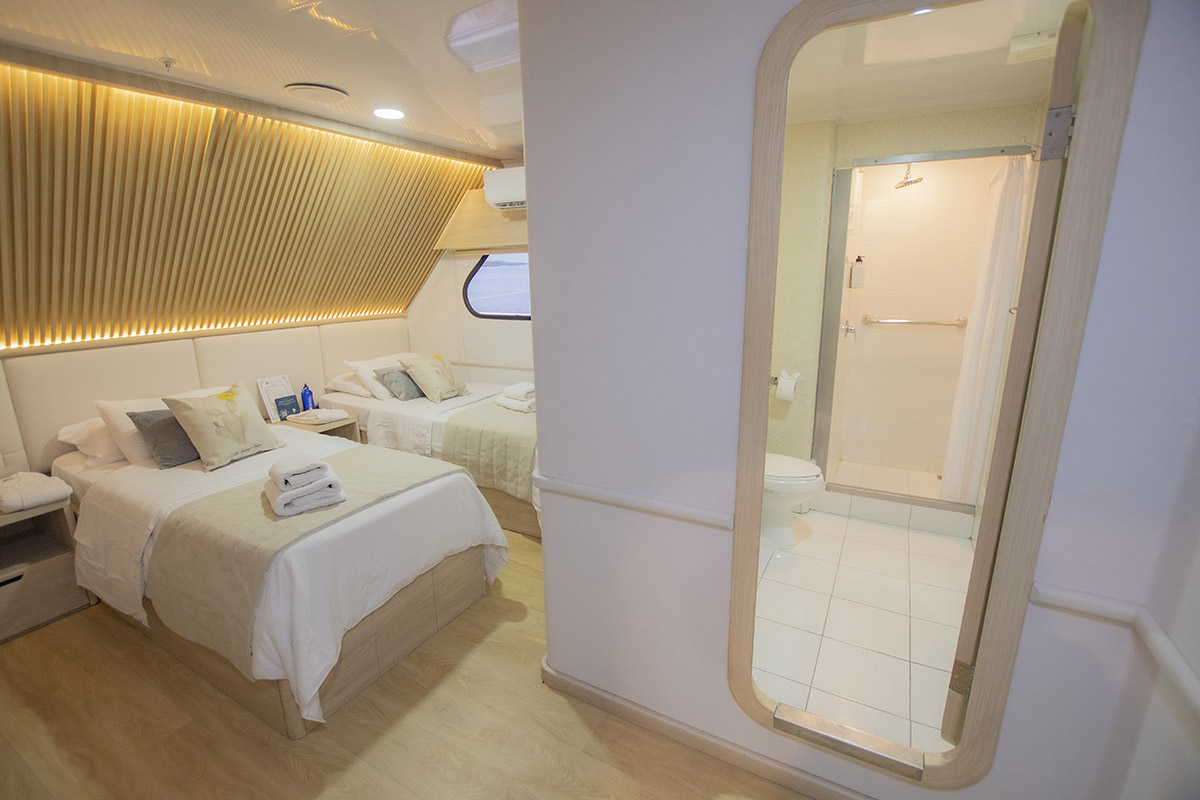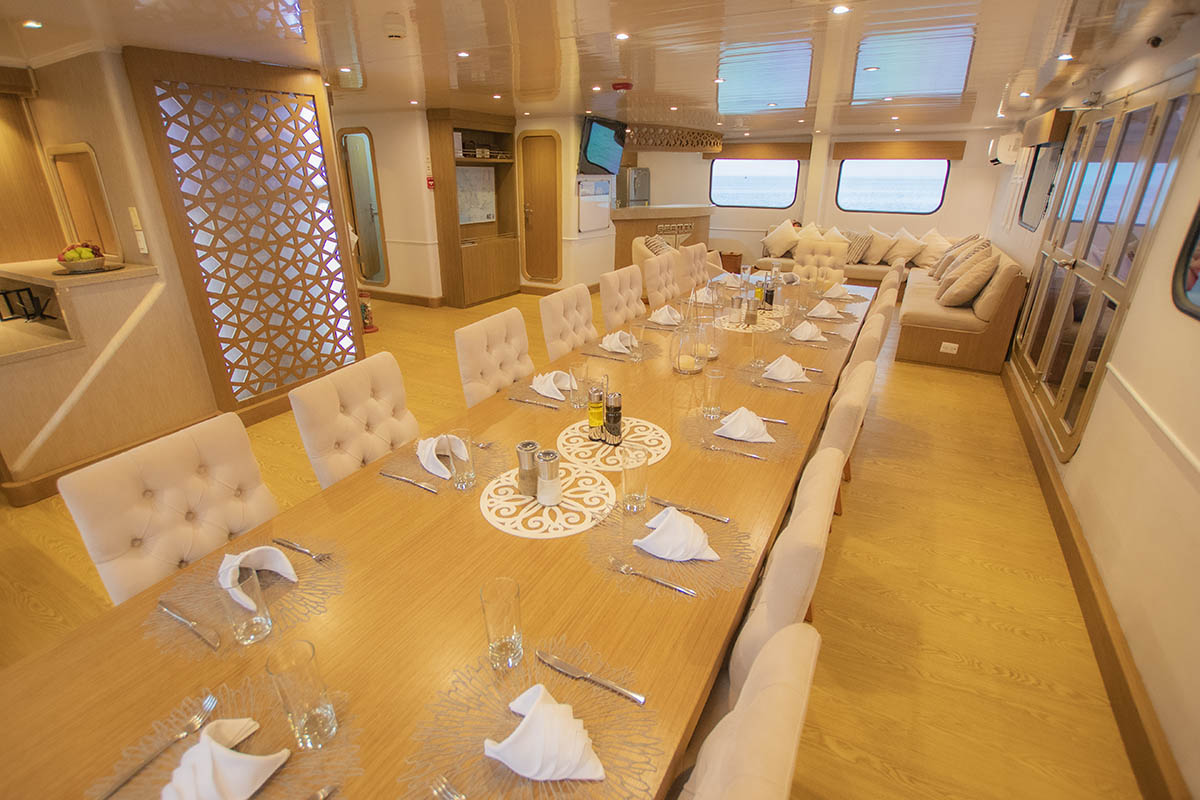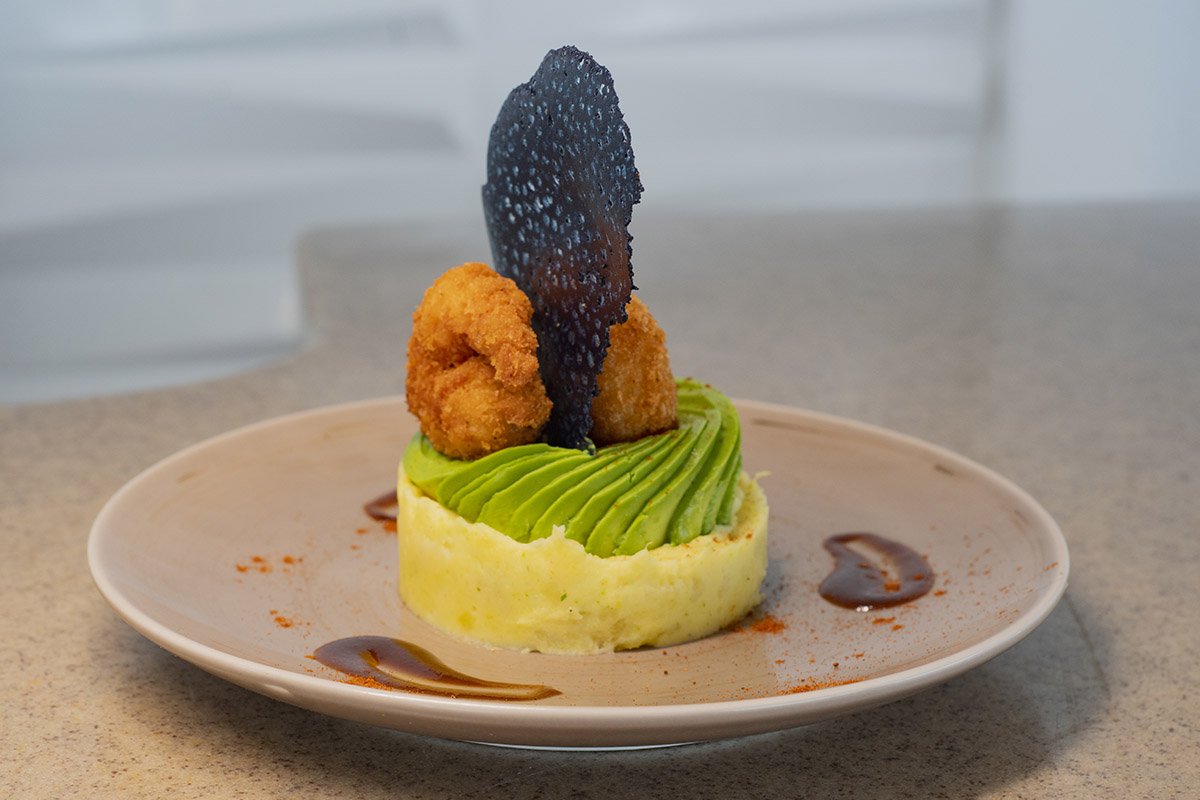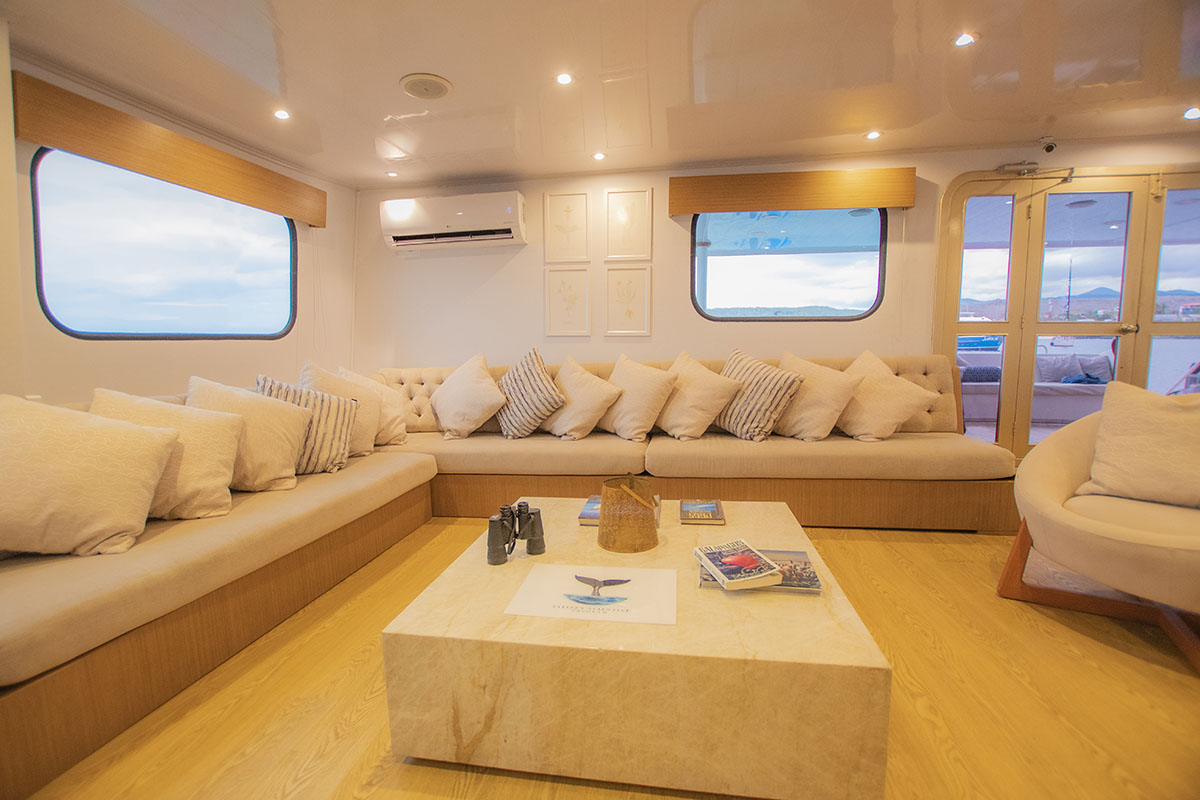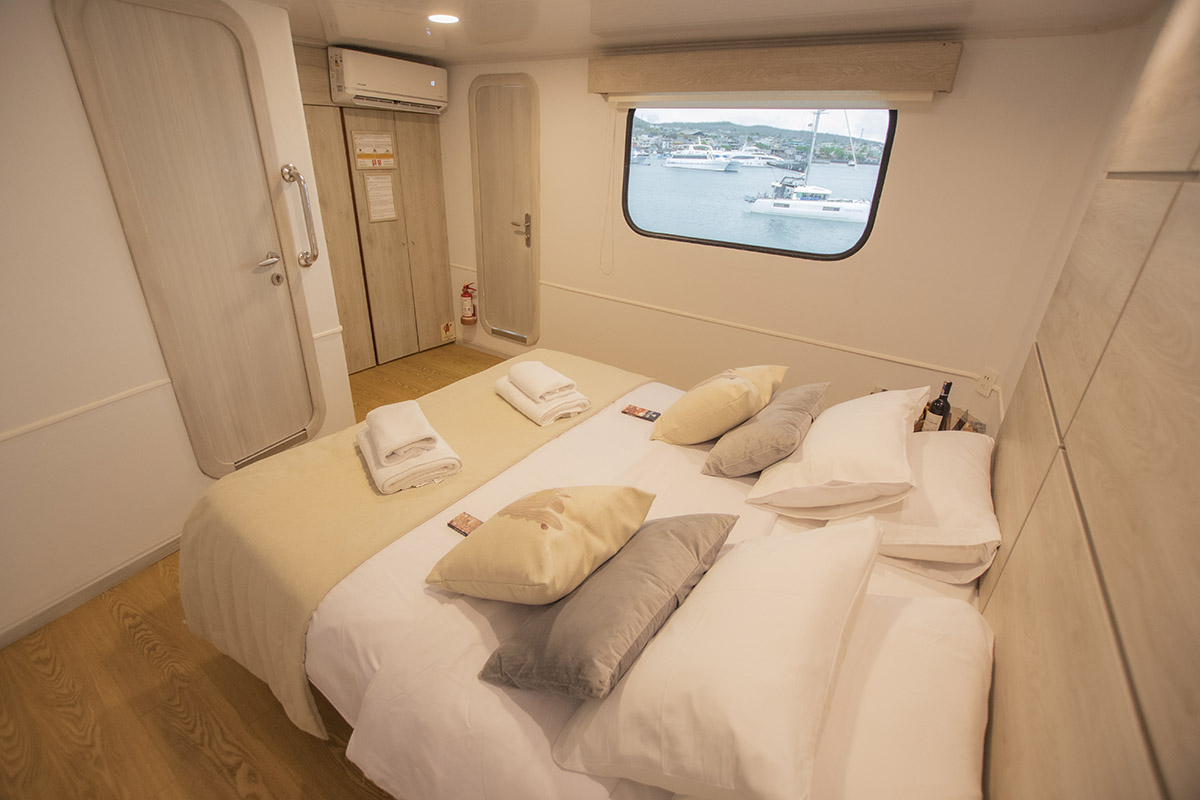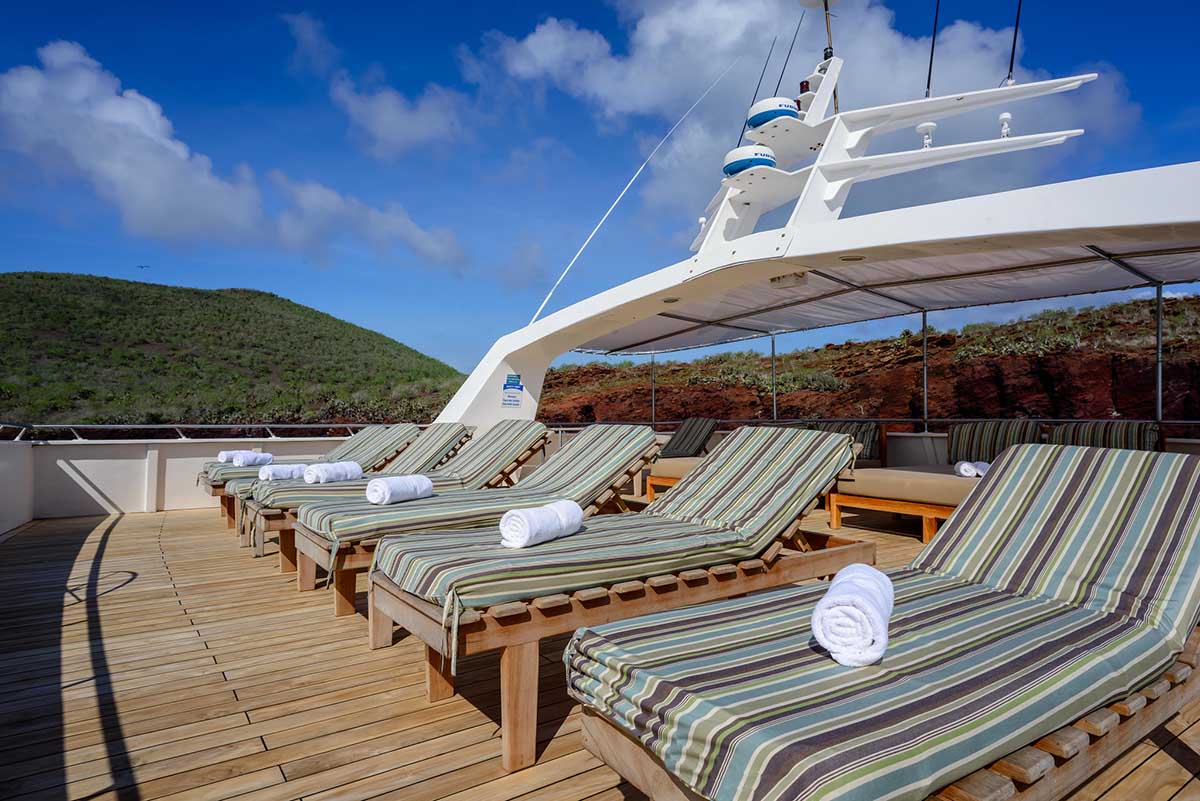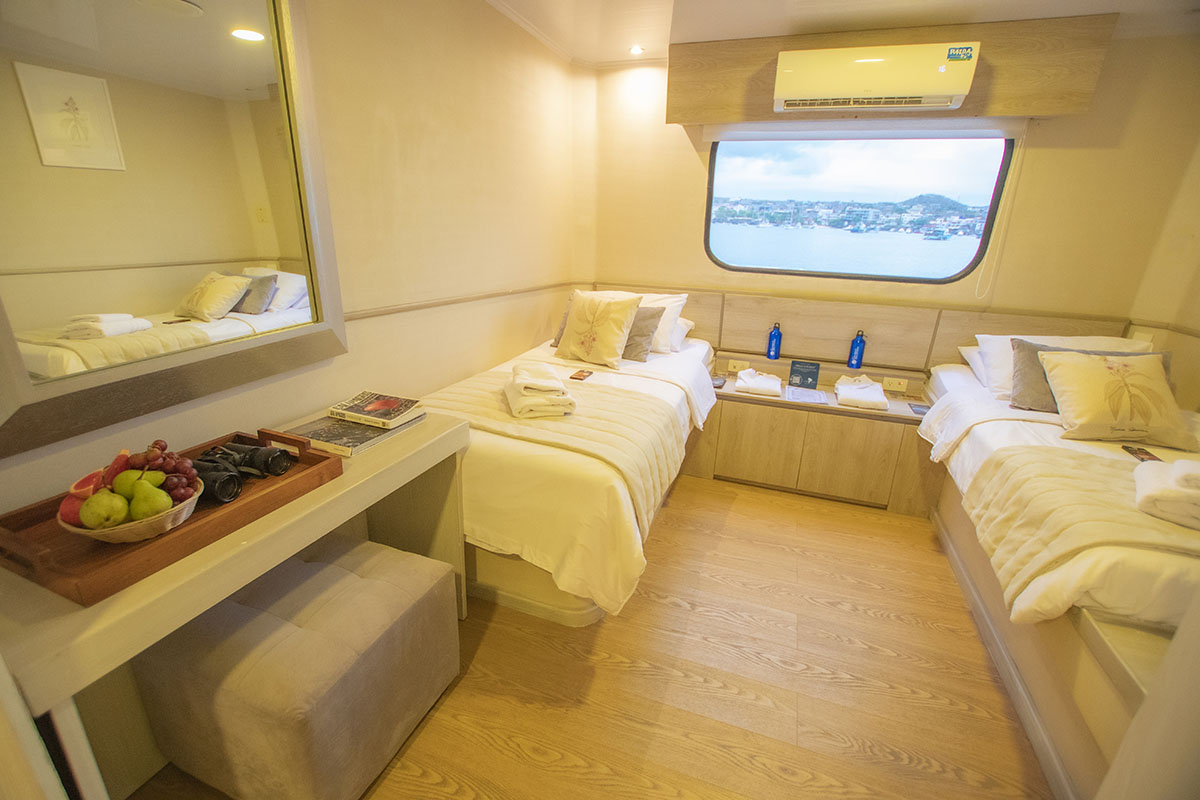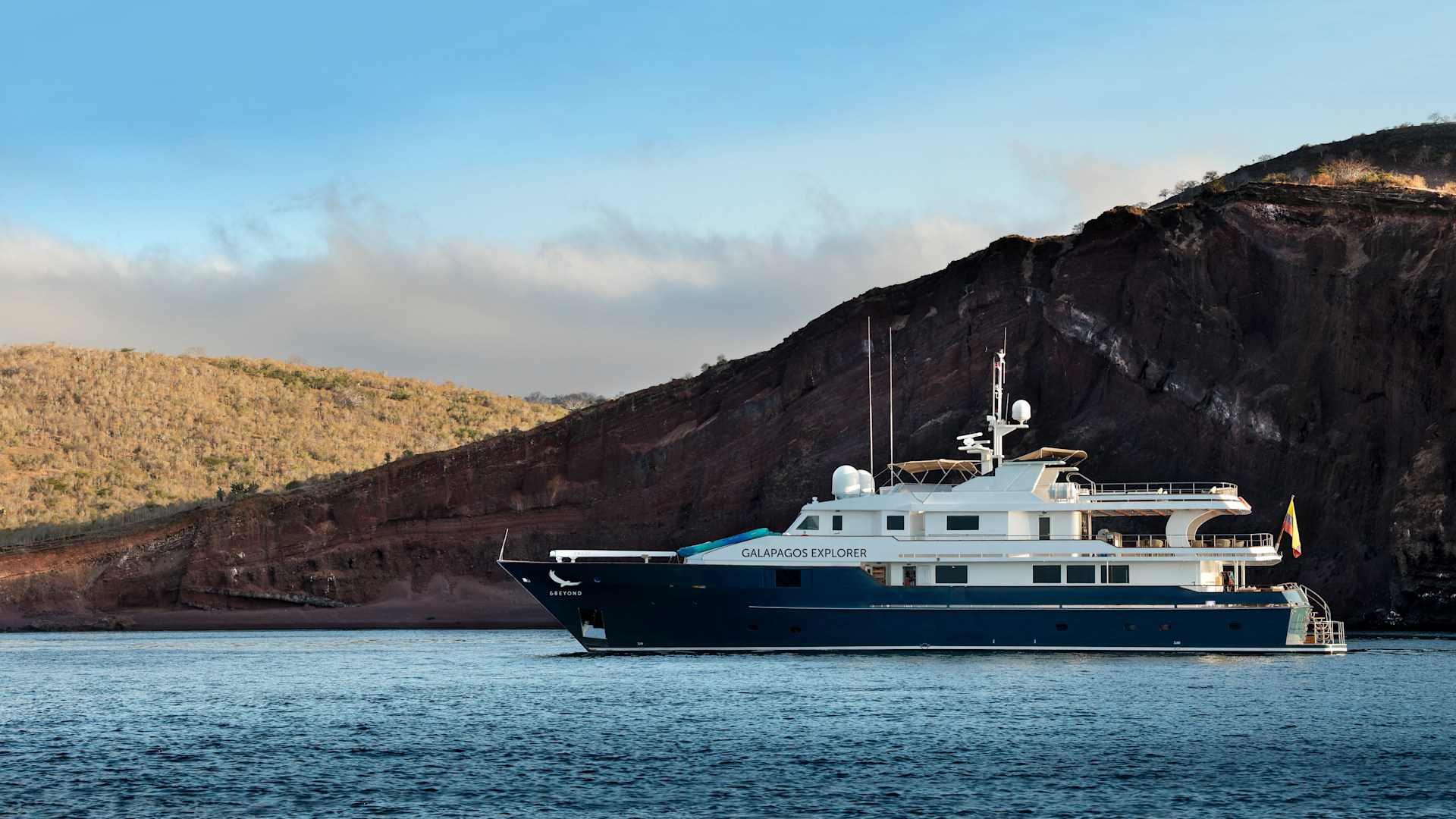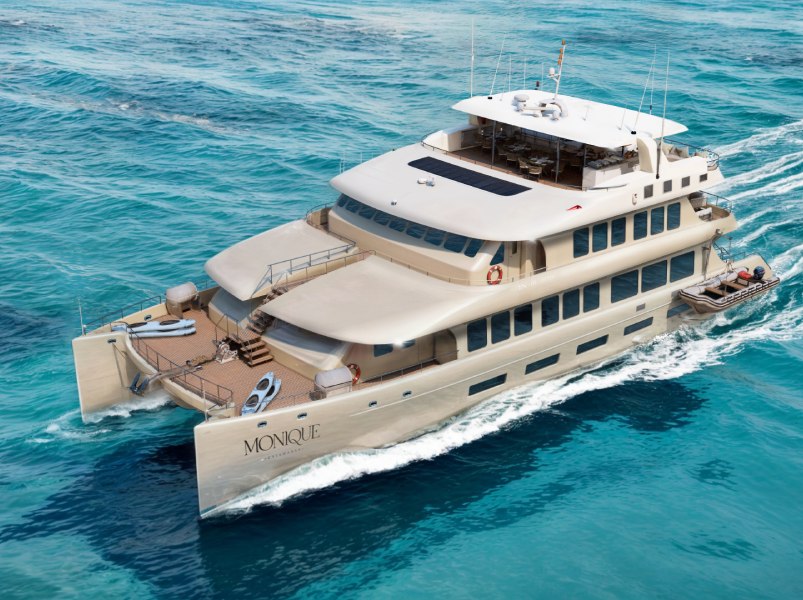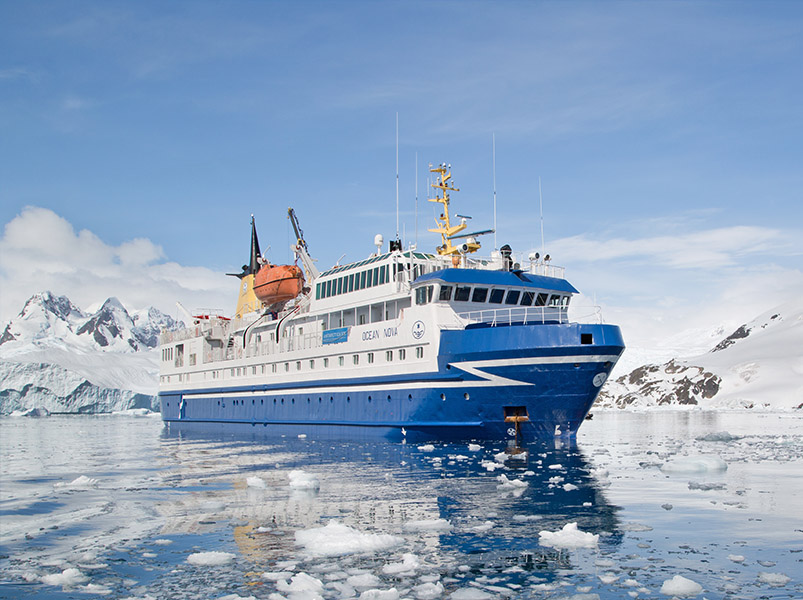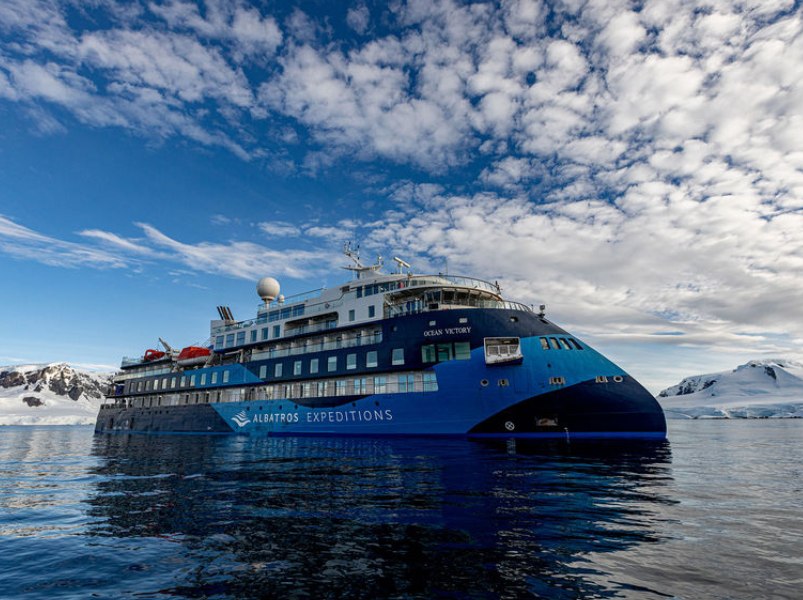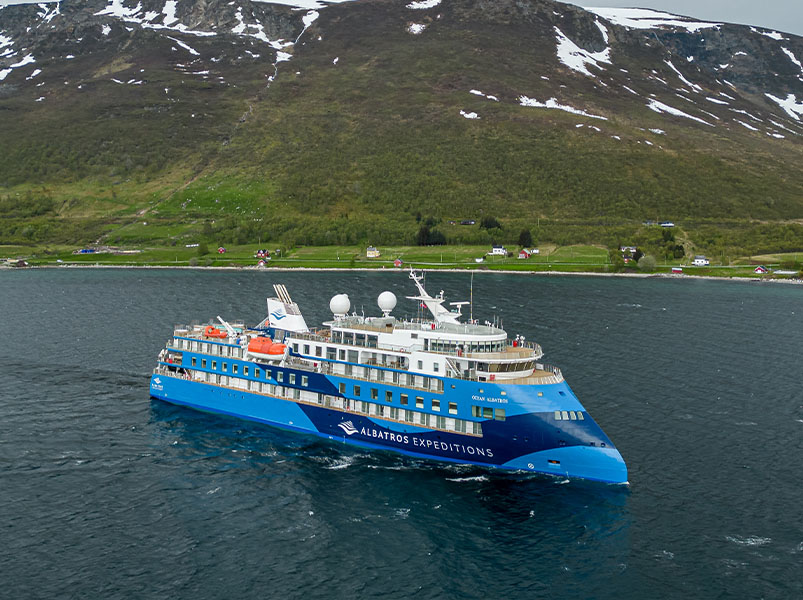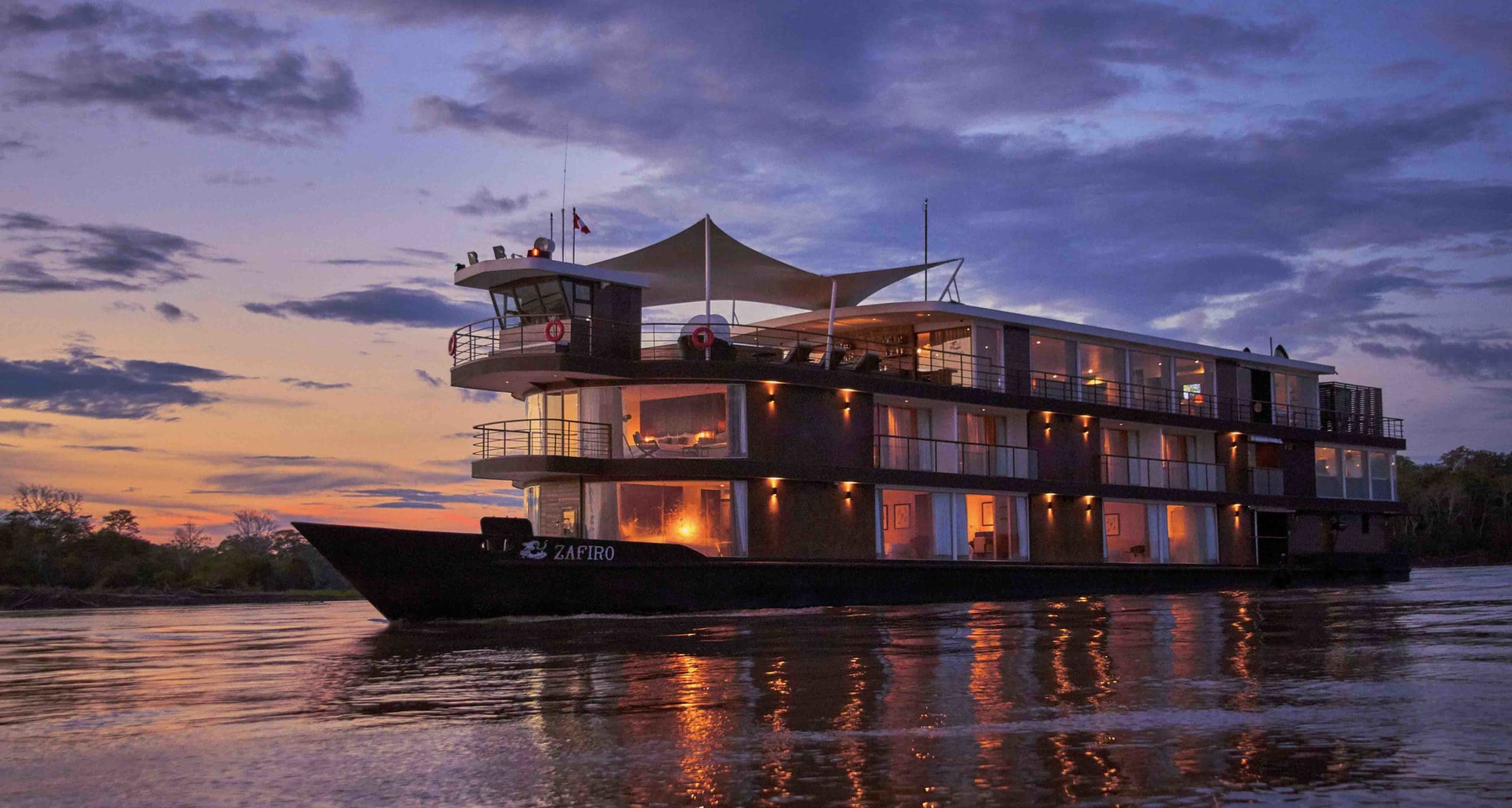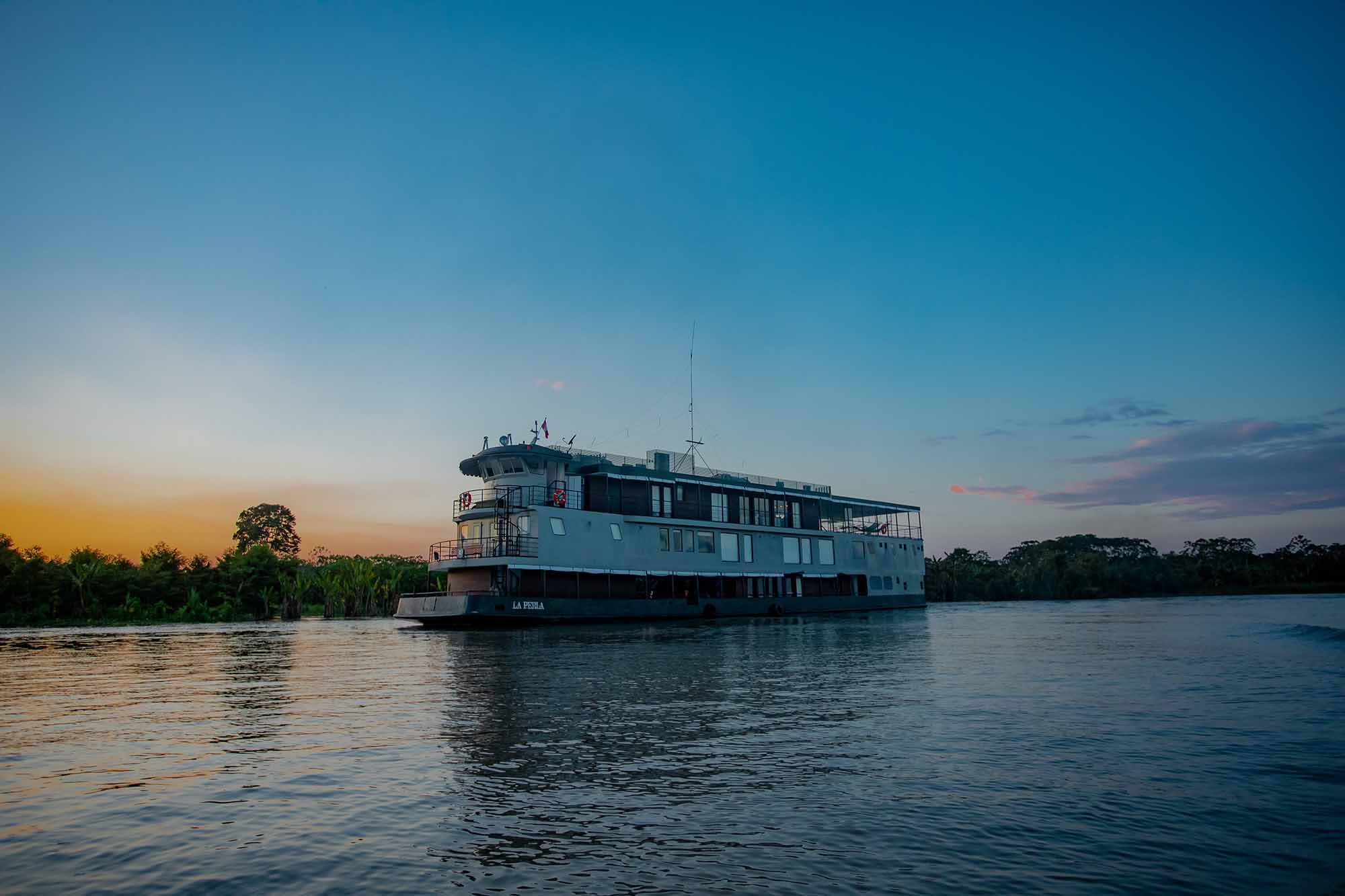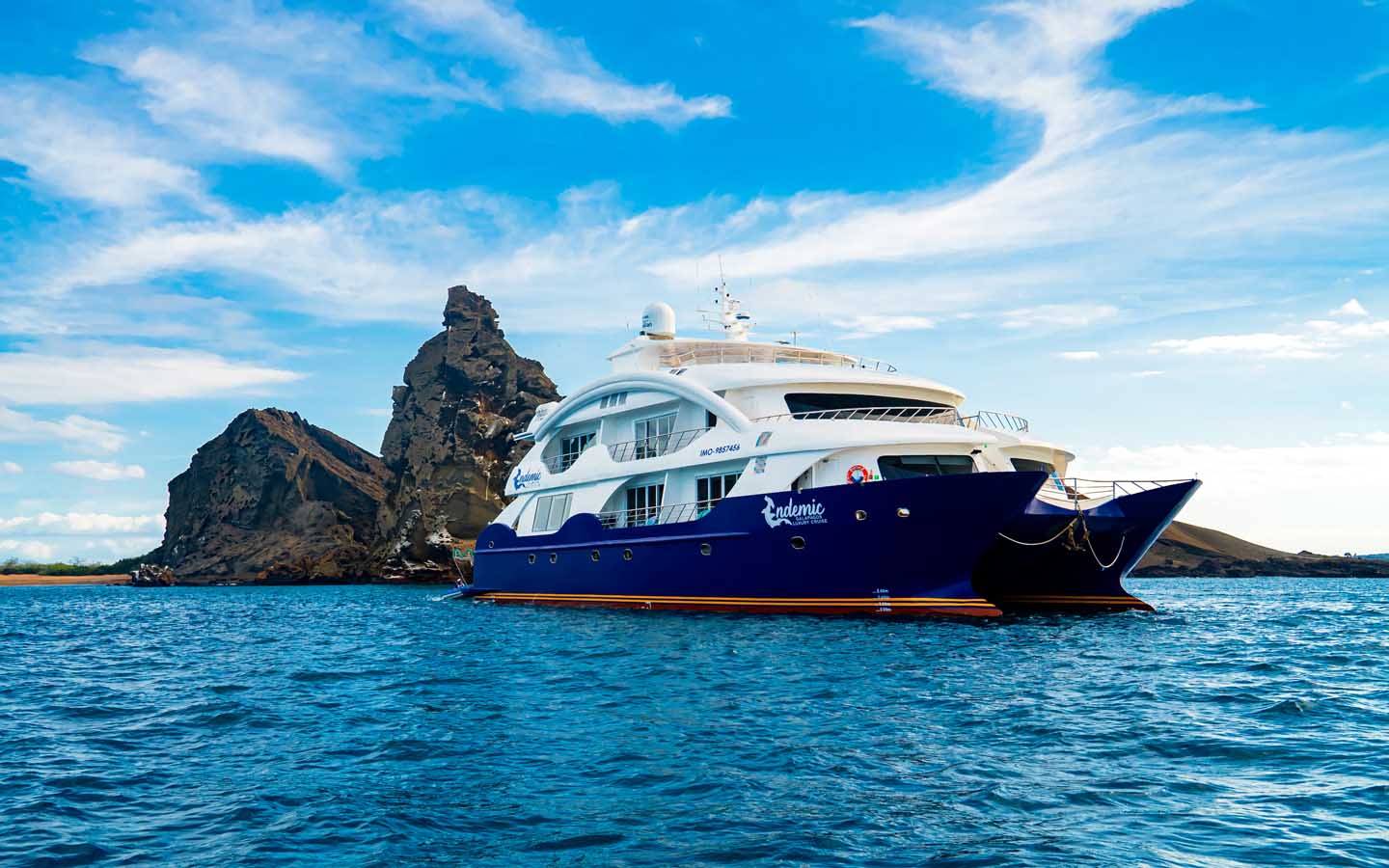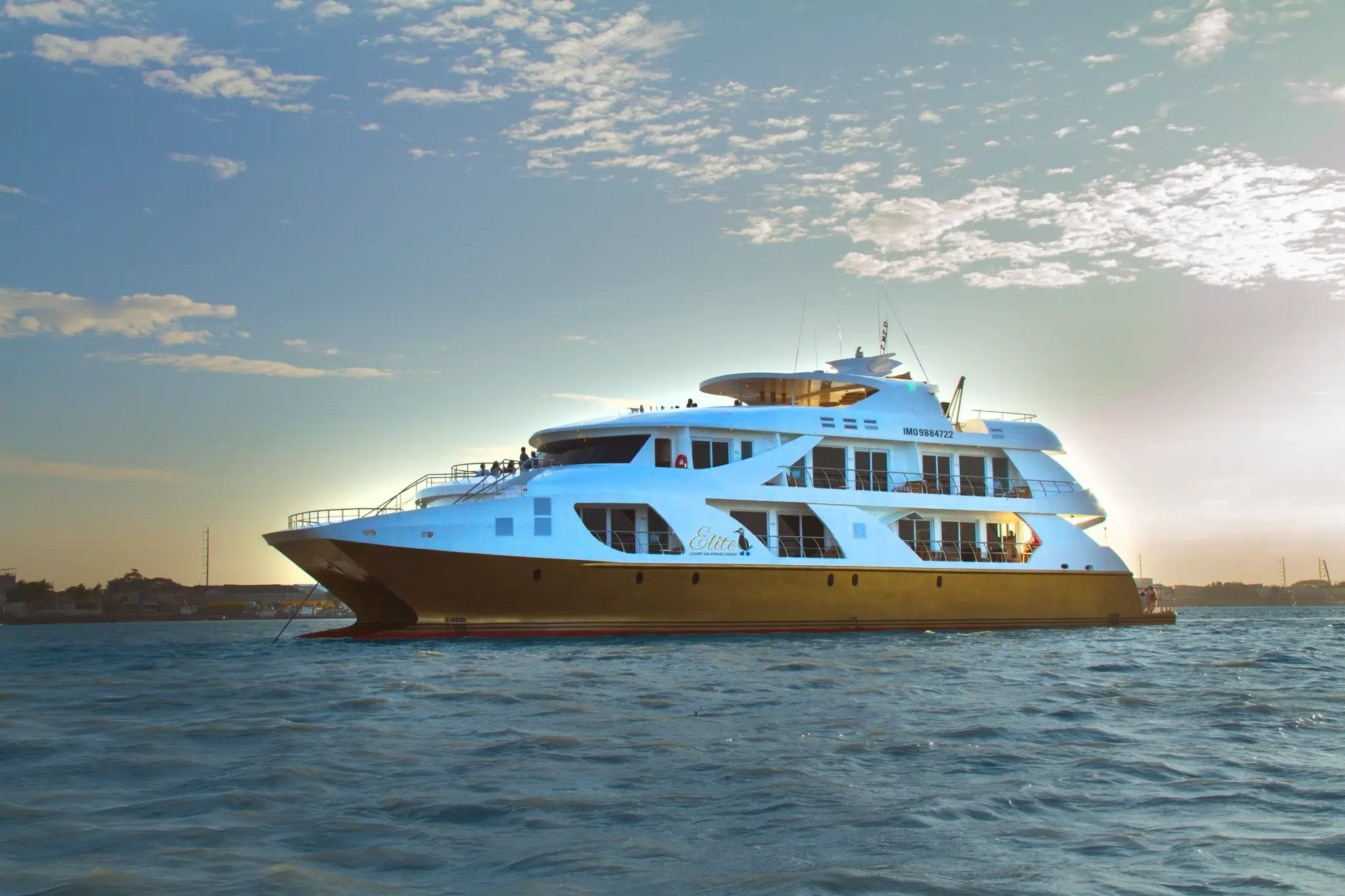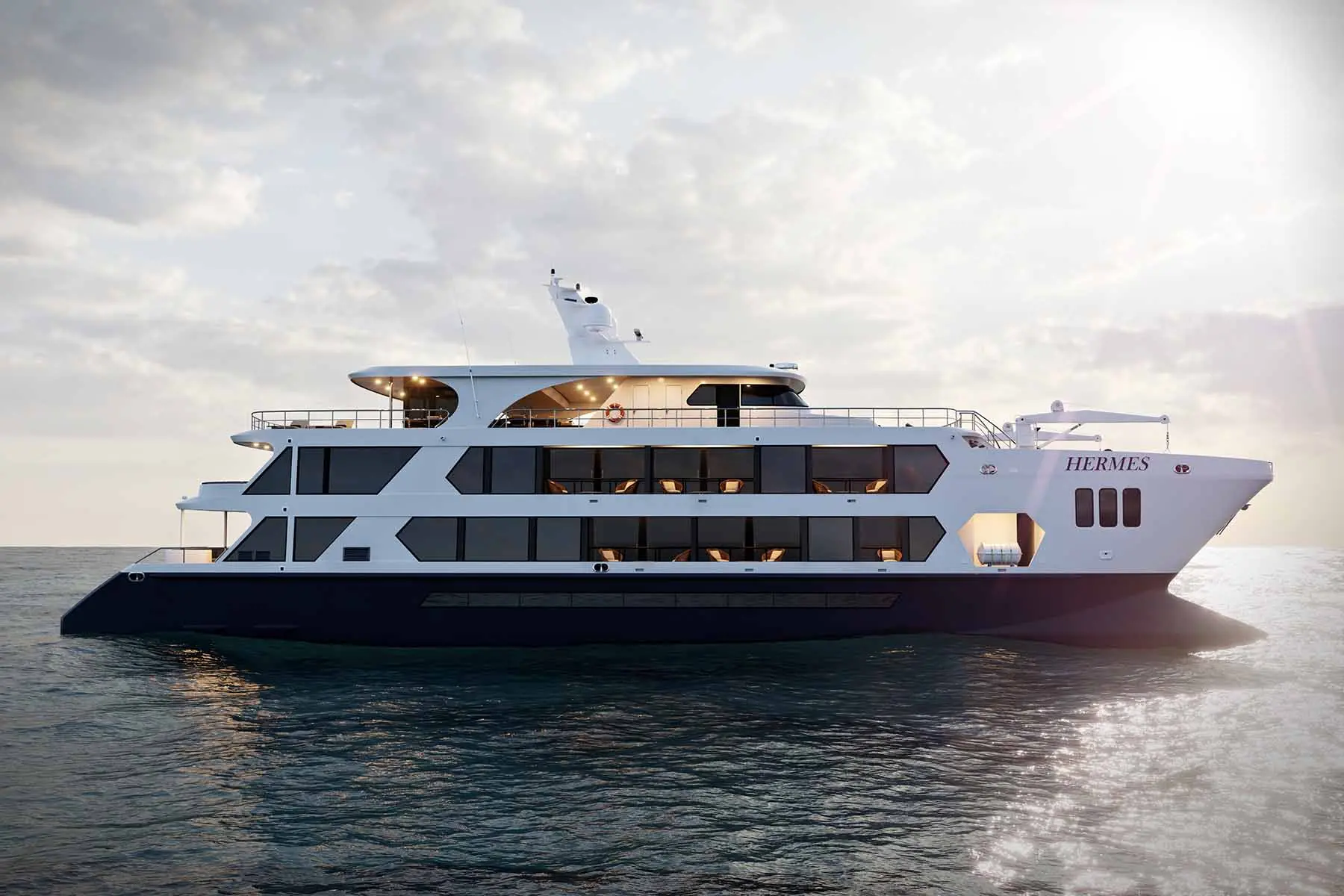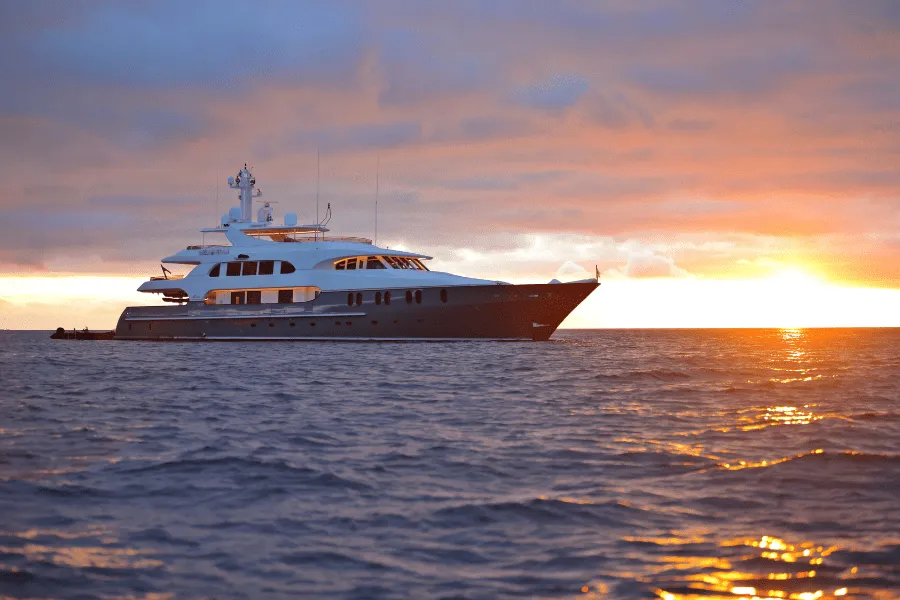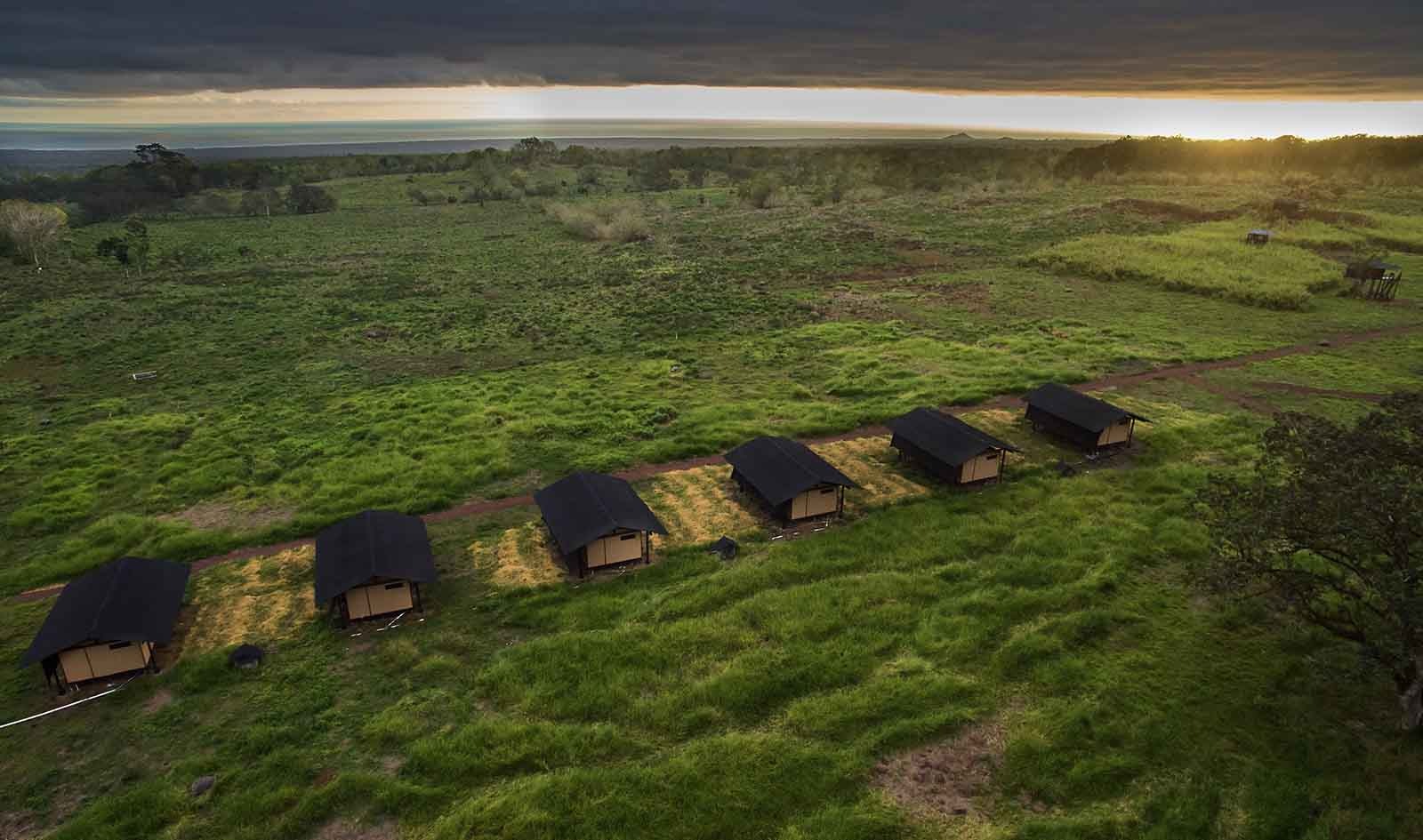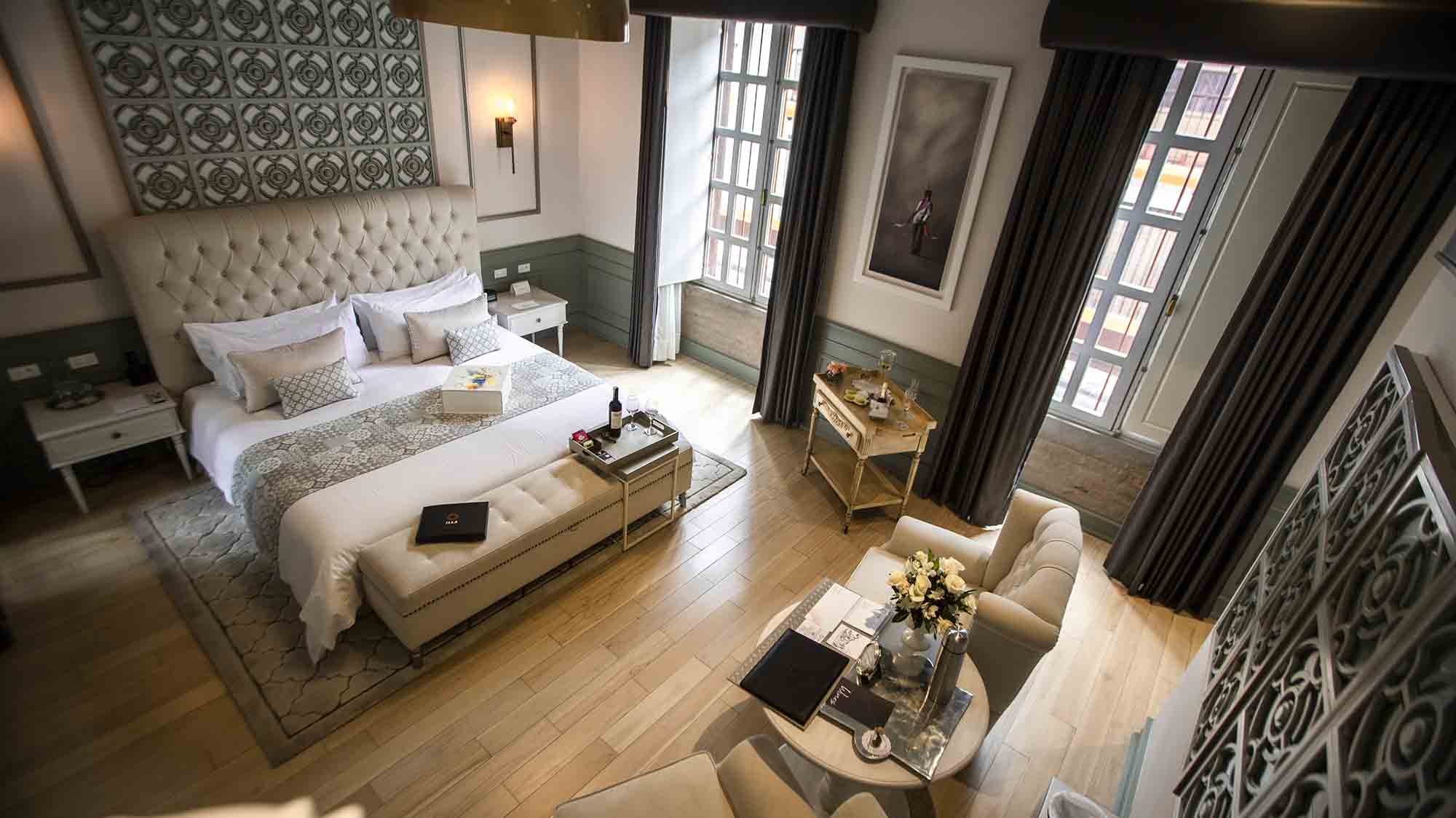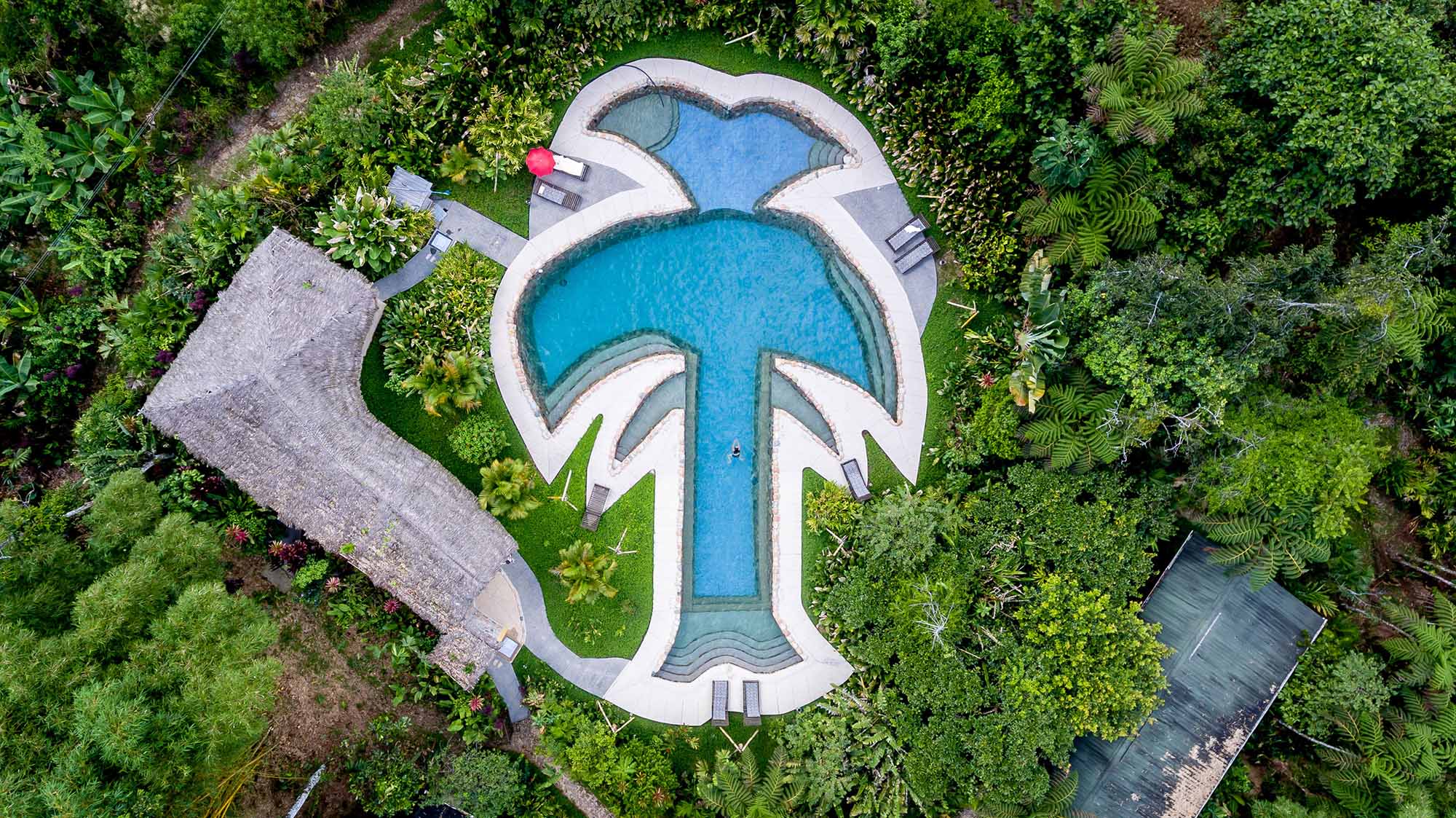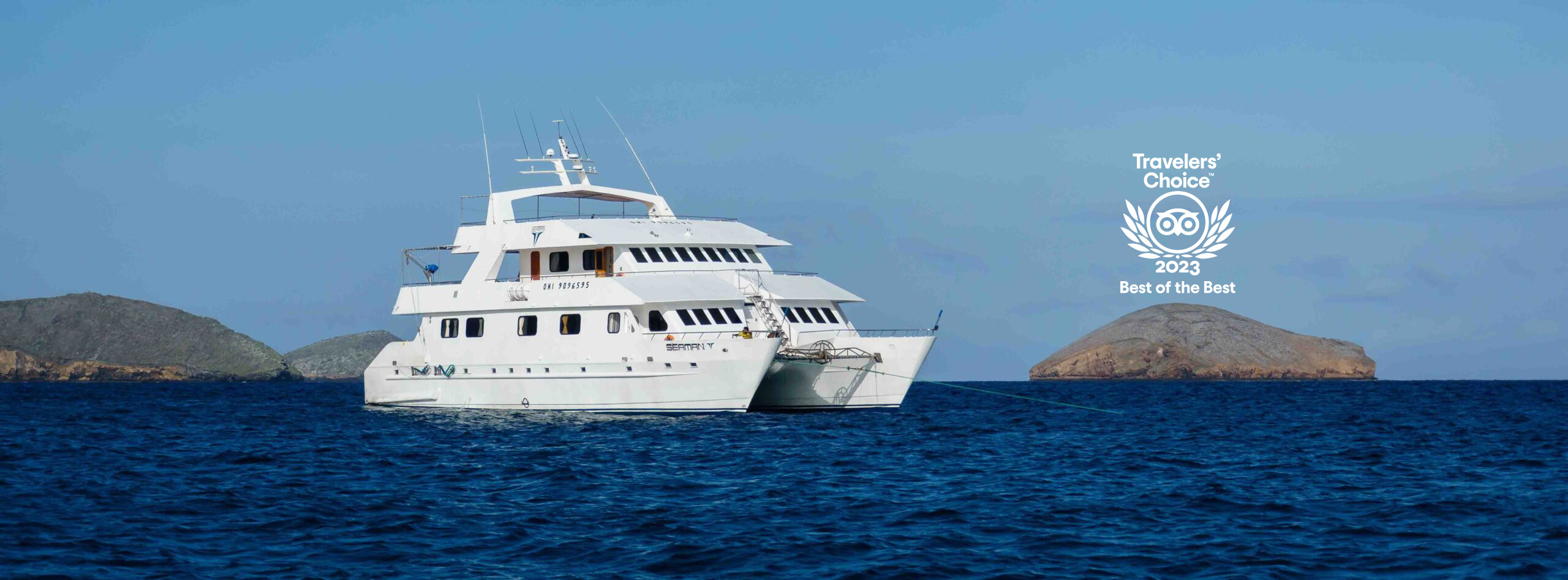
Galapagos Seaman Journey Cruise
5 Days
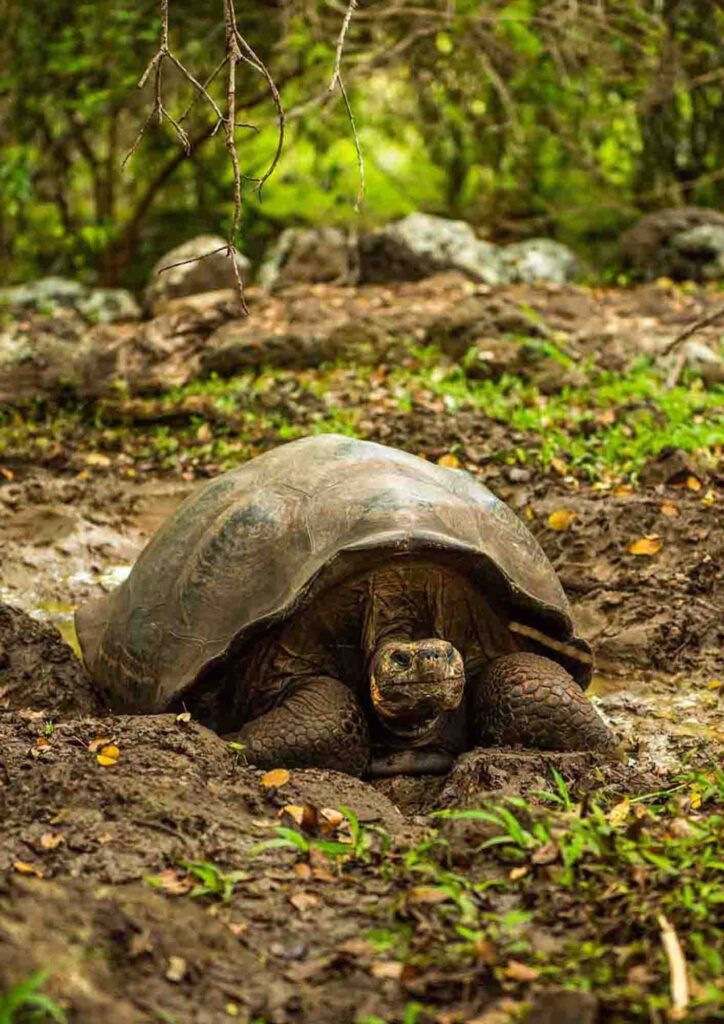
Galapagos Central and Northern Islands Cruise
- Day 1 (Thursday): Bartolome Island
- Day 2 (Friday): Mosquera Islet & North Seymour Island
- Day 3 (Saturday): Genovesa Island: El Barranco & Darwin Bay
5 Days
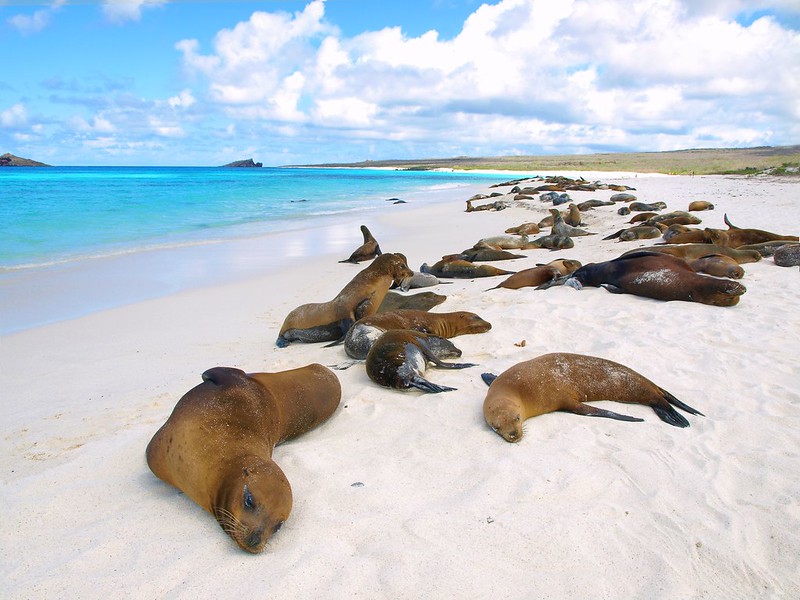
Galapagos Southern and Central Islands Cruise
- Day 1 (Monday): Gianni Arismendy Environmental Interpretation Centre
- Day 2 (Tuesday): San Cristobal Island: Punta Pitt & Lobos Island
- Day 3 (Wednesday): Española Island: Osborn Islet, Gardner Bay & Suarez Point
7 Days
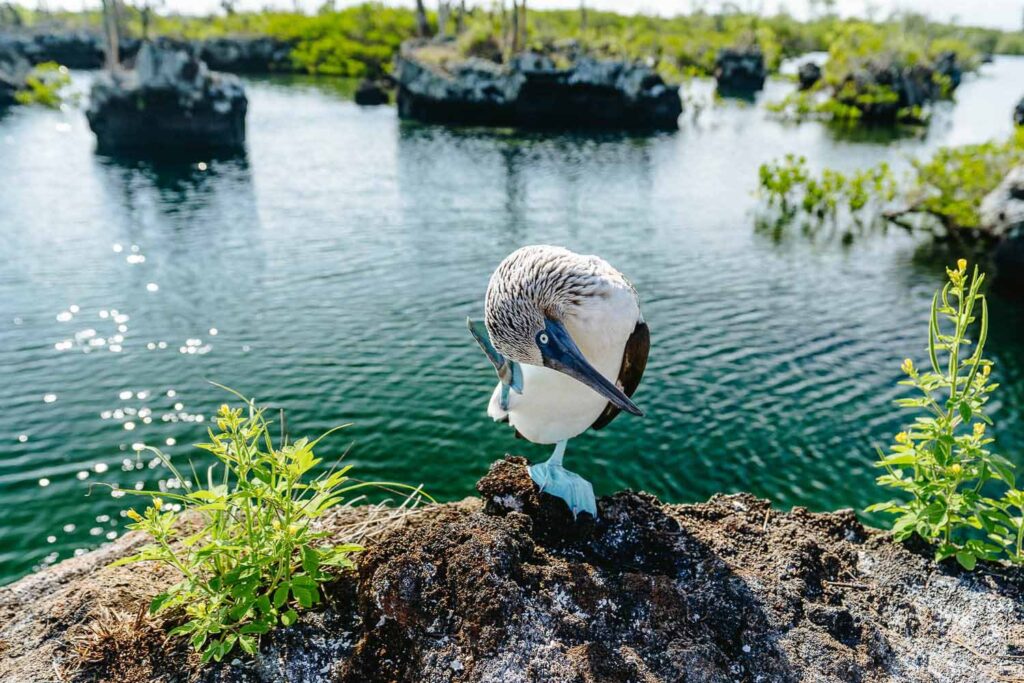
Galapagos Western Islands Cruise
- Day 1 (Friday): Santa Cruz Island - Highlands & Twin Craters
- Day 2 (Saturday): Isabela Island - Moreno Point & Fernandina Island - Mangle Point
- Day 3 (Sunday): Isabela Island - Urbina Bay & Tagus Cove
9 Days
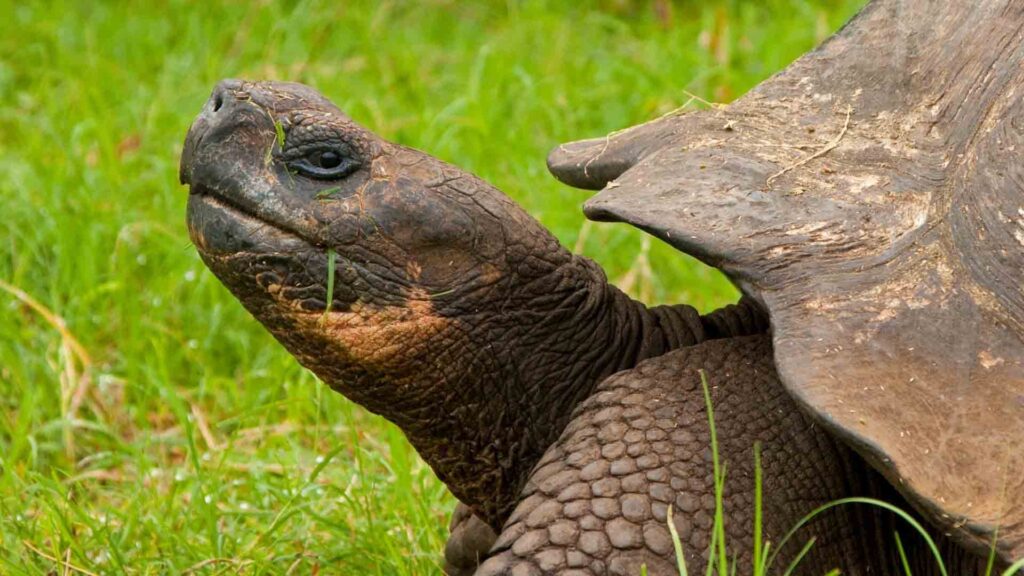
Galapagos Northern and Southern Islands Cruise
- Day 1 (Thursday): Bartolome Island
- Day 2 (Friday): Mosquera Islet & North Seymour Island
- Day 3 (Saturday): Genovesa Island: El Barranco & Darwin Bay
11 Days
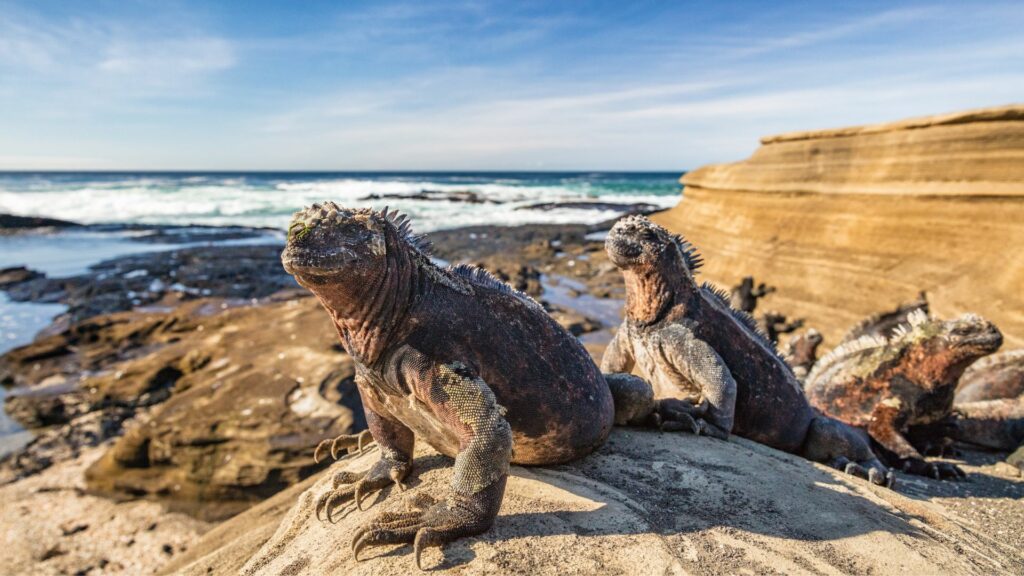
Galapagos Southern, Central and Western Islands Cruise
- Day 1 (Monday): San Cristobal: Interpretation Center
- Day 2 (Tuesday): San Cristobal: Punta Pitt & Lobos Island
- Day 3 (Wednesday): Española Island: Gardner Bay & Suarez Point
11 Days
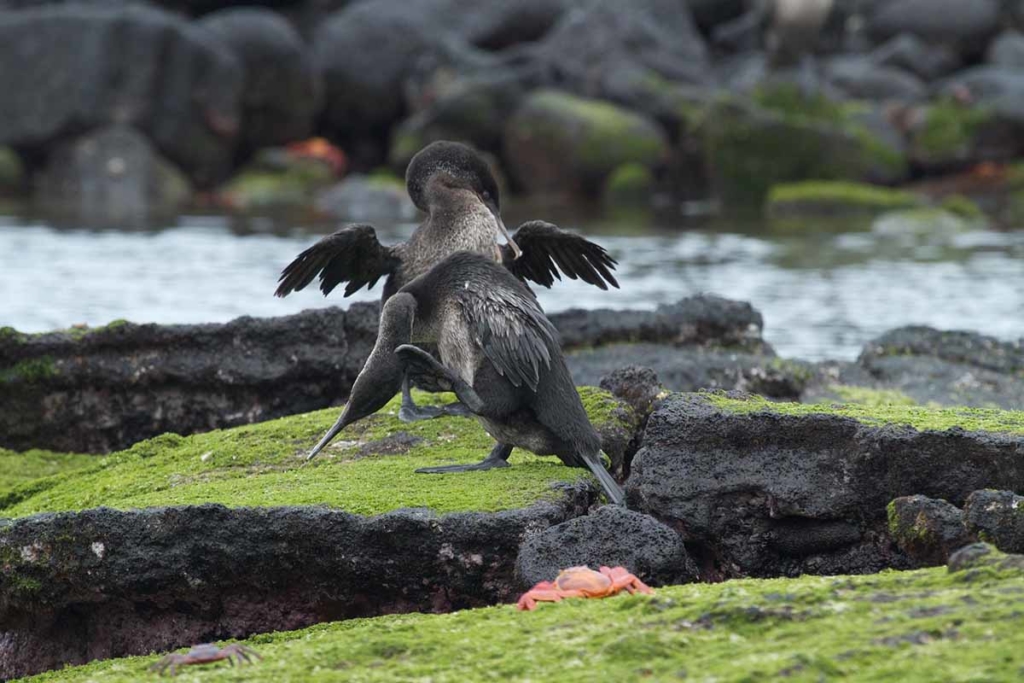
Galapagos Western, Central and Northern Islands Cruise
- Day 1 (Friday): Santa Cruz Island
- Day 2 (Saturday): Isabela Island: Moreno Point & Fernandina Island: Mangle Point
- Day 3 (Sunday): Isabela Island: Urbina Bay & Tagus Cove
15 Days
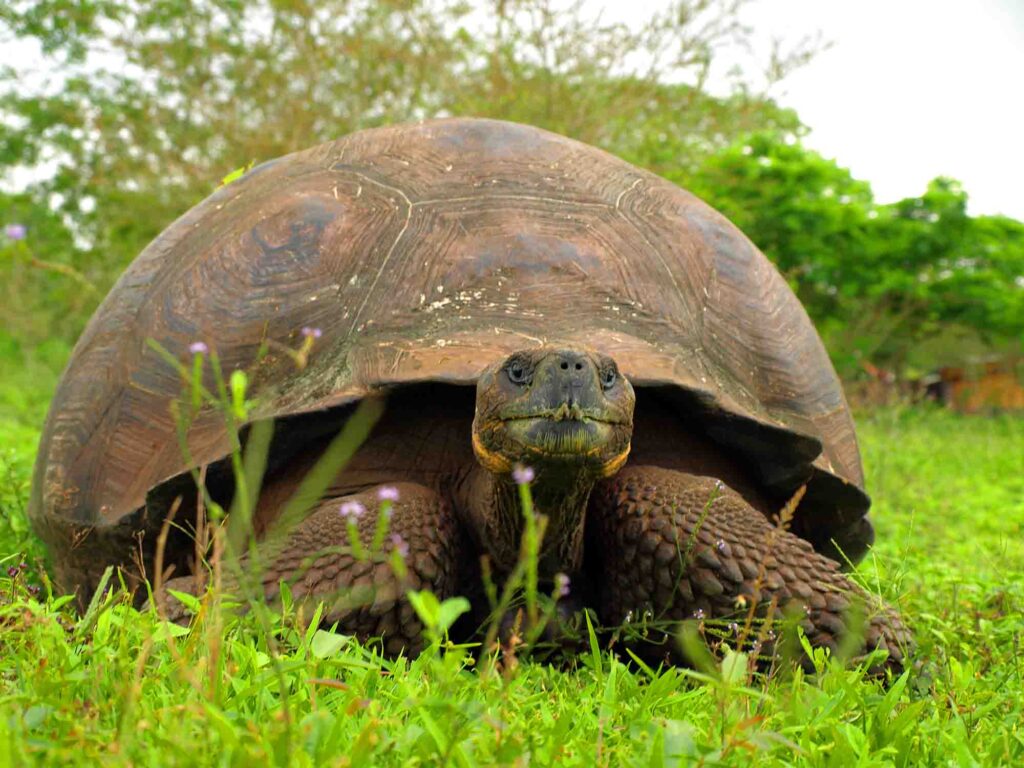
Galapagos Central, North, South, & Western Islands Cruise
- Day 1 (Thursday): Bartolome Island
- Day 2 (Friday): Mosquera Islet & North Seymour Island
- Day 3 (Saturday): Genovesa Island: El Barranco & Darwin Bay
15 Days
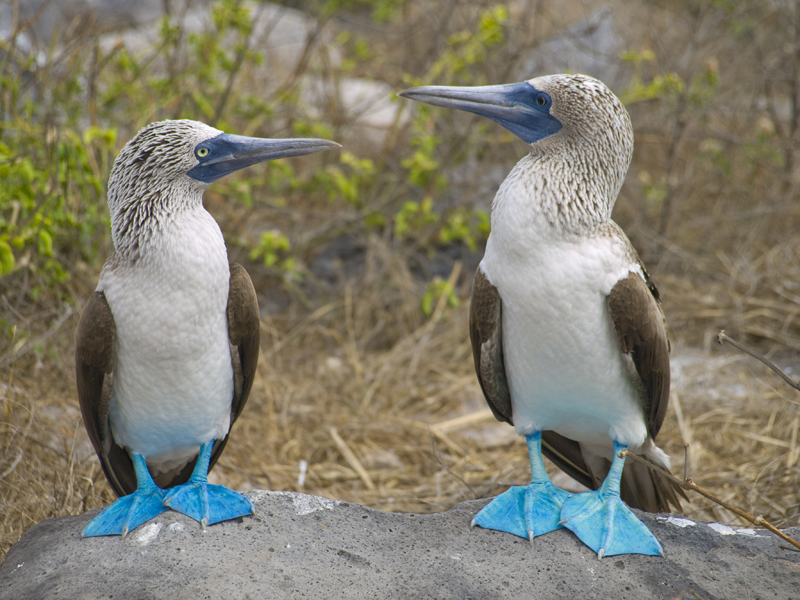
Galapagos South, West, Central & Northern Islands Cruise
- Day 1 (Monday): Gianni Arismendy Environmental Interpretation Centre
- Day 2 (Tuesday): San Cristobal Island: Punta Pitt & Lobos Island
- Day 3 (Wednesday): Española Island: Osborn Islet, Gardner Bay & Suarez Point
15 Days
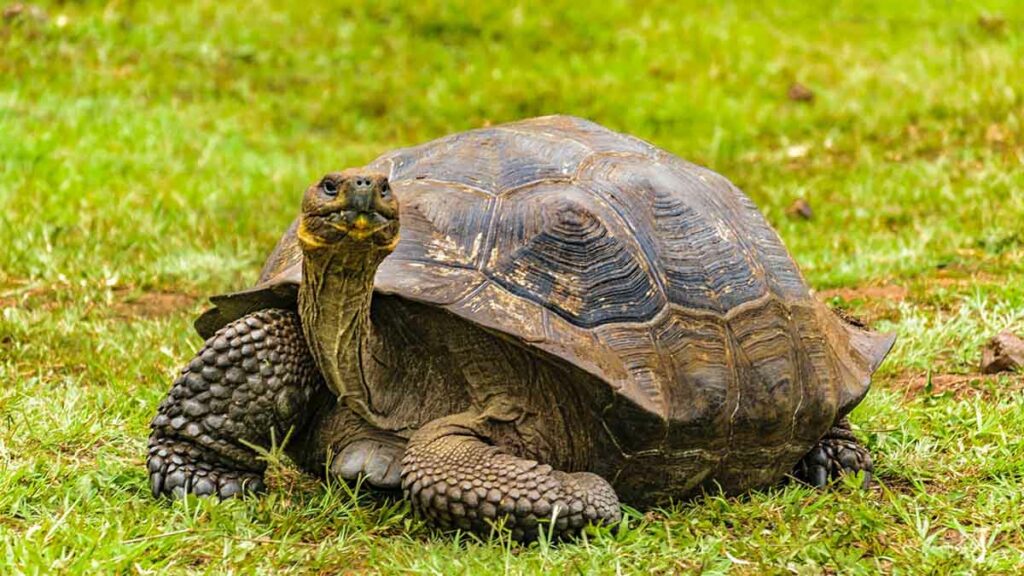
Galapagos West, Central, North & Southern Islands Cruise
- Day 1 (Friday): Santa Cruz Island: Highlands & Twin Craters
- Day 2 (Saturday): Isabela Island: Moreno Point & Fernandina Island: Mangle Point
- Day 3 (Sunday): Isabela Island: Urbina Bay & Tagus Cove
Main Deck
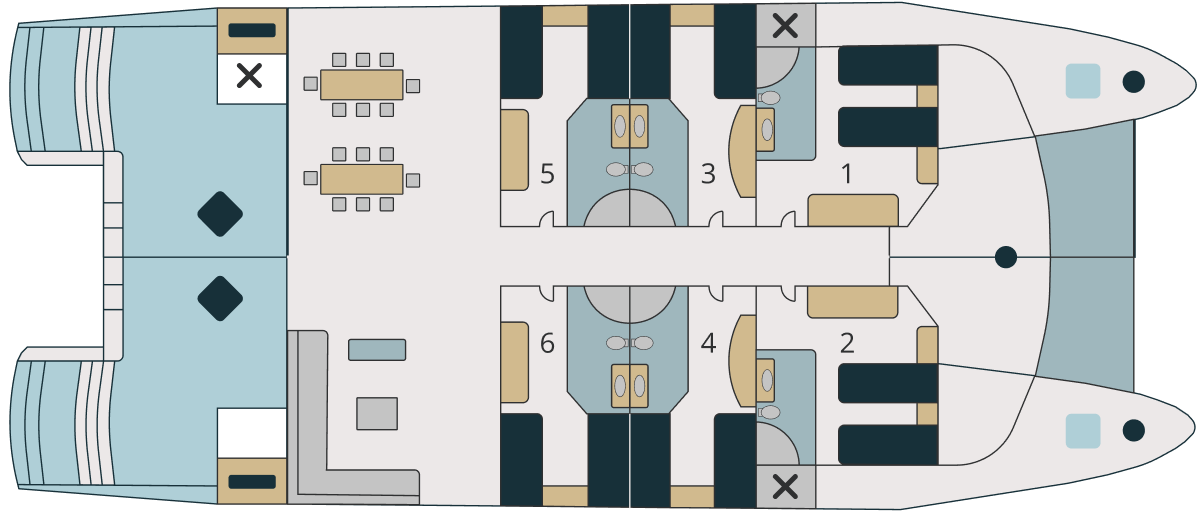
Upper Deck
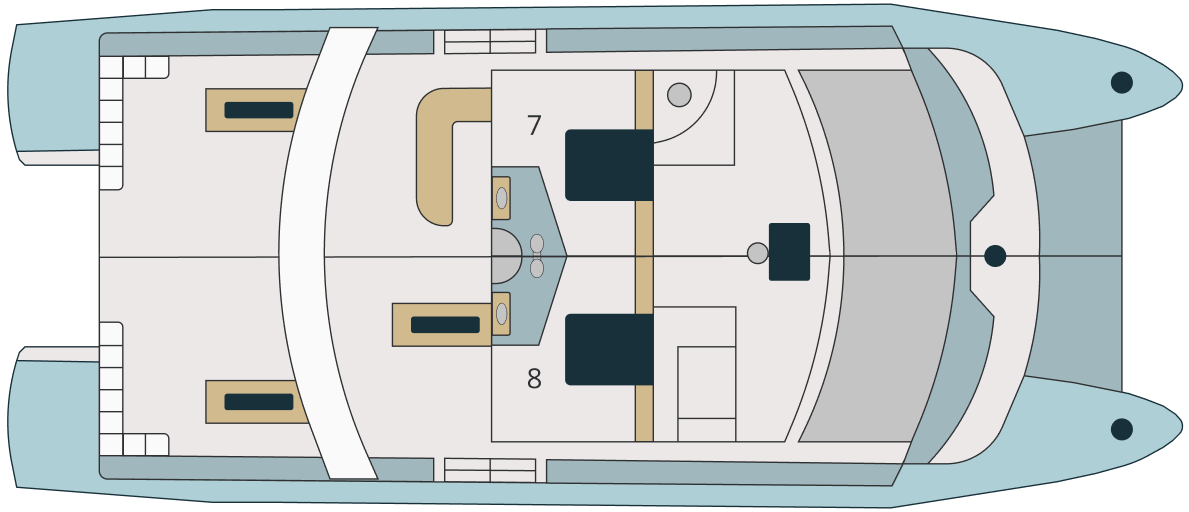
- Type: Motor Catamaran
- Electric system: 2x 50 kW
- IMO Category: Boutique Yacht Naturalist Liveaboard
- Electric power: 110v and 220v AC/DC
- Construction material: Fiberglass
- Cruising Speed: 10 knotsLength: 90 feet (27.6 meters)
- Water capacity: 3000 gallons
- Beam: 36.08 feet (11 meters)
- Diesel capacity: 2500 gallonsDraft: 4.75 feet (1.45 meters)
- Passengers: maximum of 16
- Year built: 2007
- Crew: 9 members
- Main engines: 2x Cummins 350 hp IMO
- Diving: Sport platform
- Equipment for sports: Snorkeling (free use of equipment) and sea kayaks
Fine dinning & Cuisine
Each meal on board is a treat for the taste buds as our chef prepares the finest international and local dishes using fresh ingredients of the highest quality. All meals include the choice of meat, poultry or seafood. In the case you have a food allergies or food restriction, we can adapt the menu to your requirements.
Nature Lectures
After a full day of visits to the islands you will get to learn a little more about the sights you visited and will be able to ask your guide specific questions about wildlife, geology, marine life, biology, and other topics. Our certified naturalist guide speaks English and has extensive experience in the Galapagos Islands.
Well planned itinerarires
We believe that the key to a great itinerary is variety and therefore the M/C Galapagos Seaman Journey visits several types of ecosystems within the Galapagos Island.
Great shore Excursions
Our shore excursions are packed full of several activities and lots of fun. A typical visit to a National Park landing site includes a nature hike, zodiac ride, snorkeling or kayaking and of course time out to relax on the beach.
